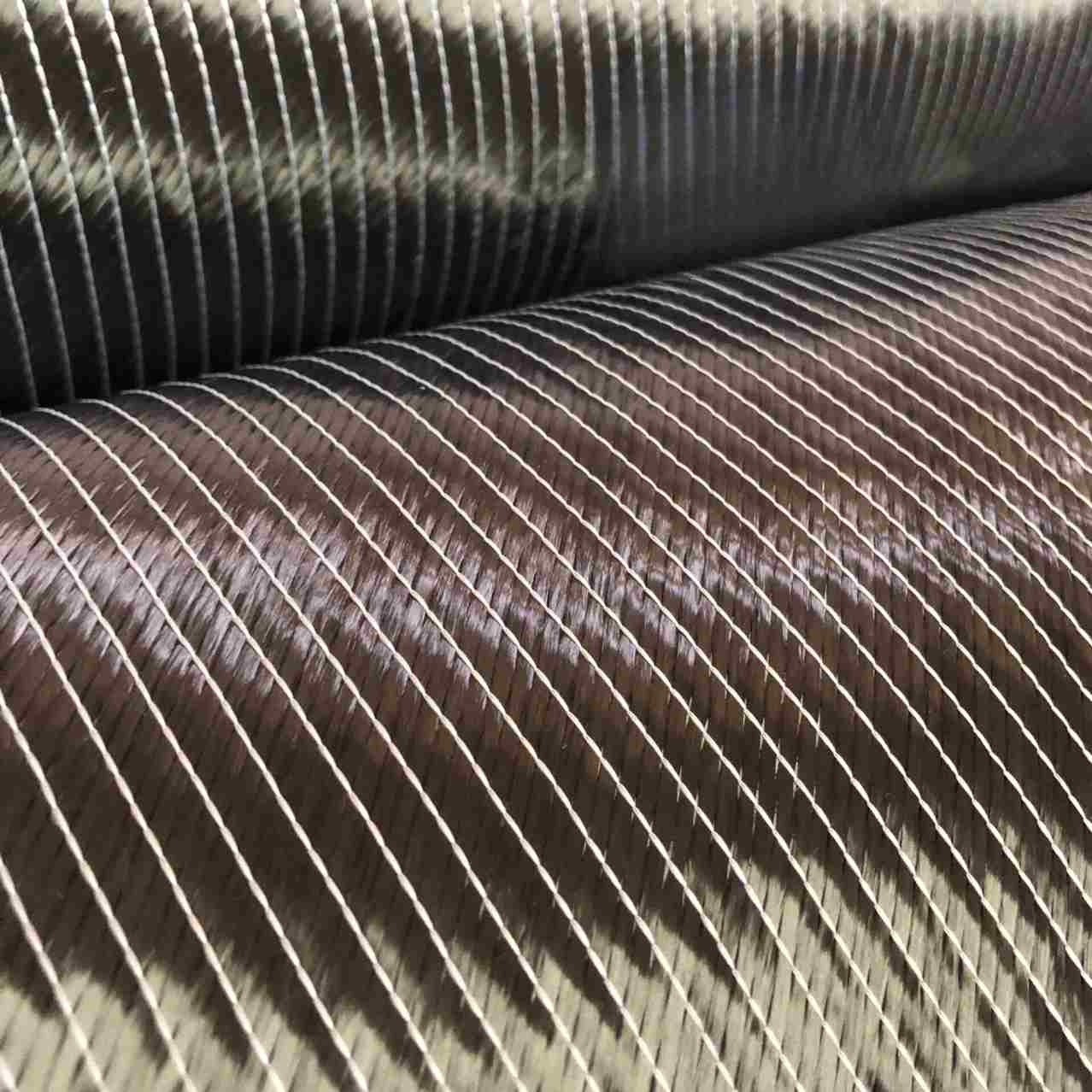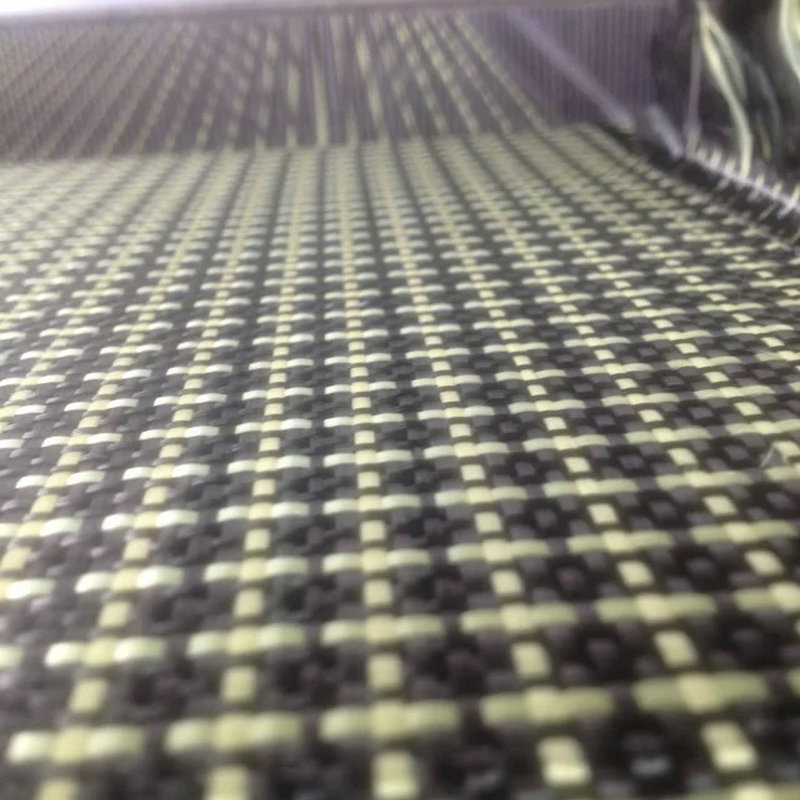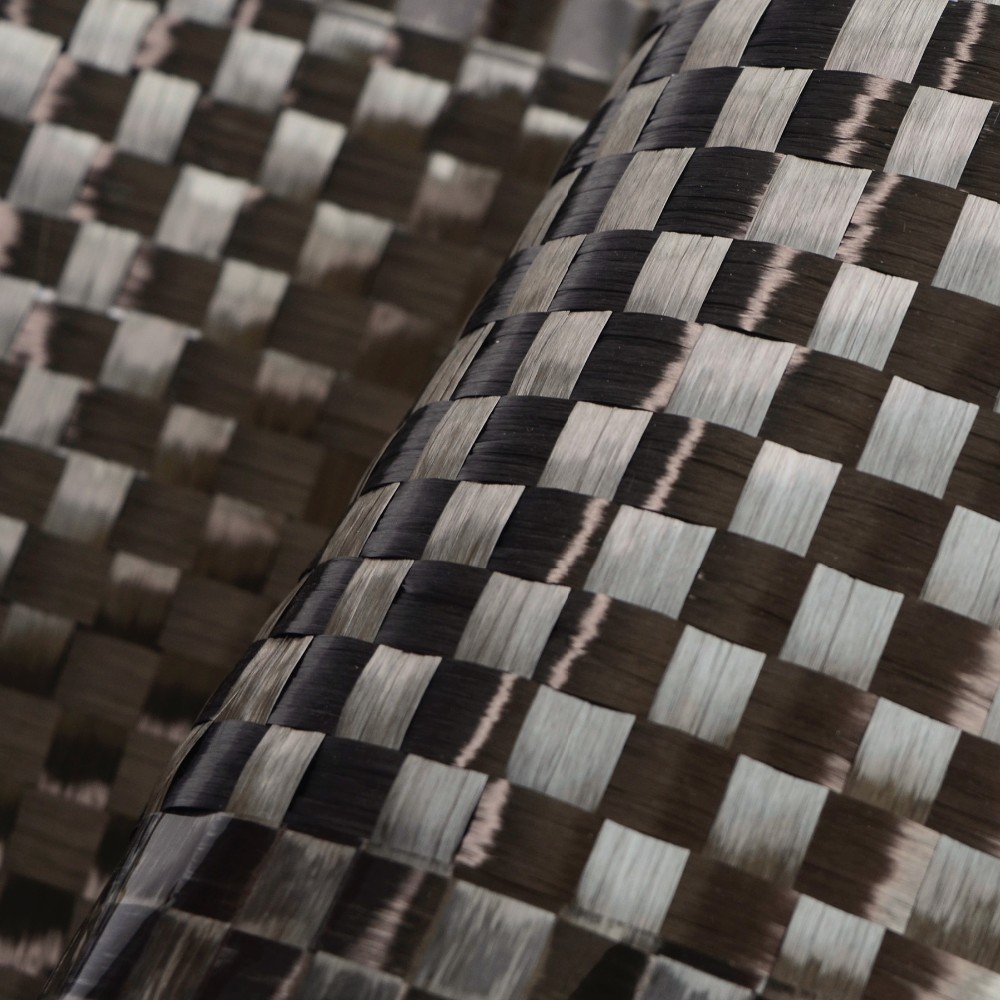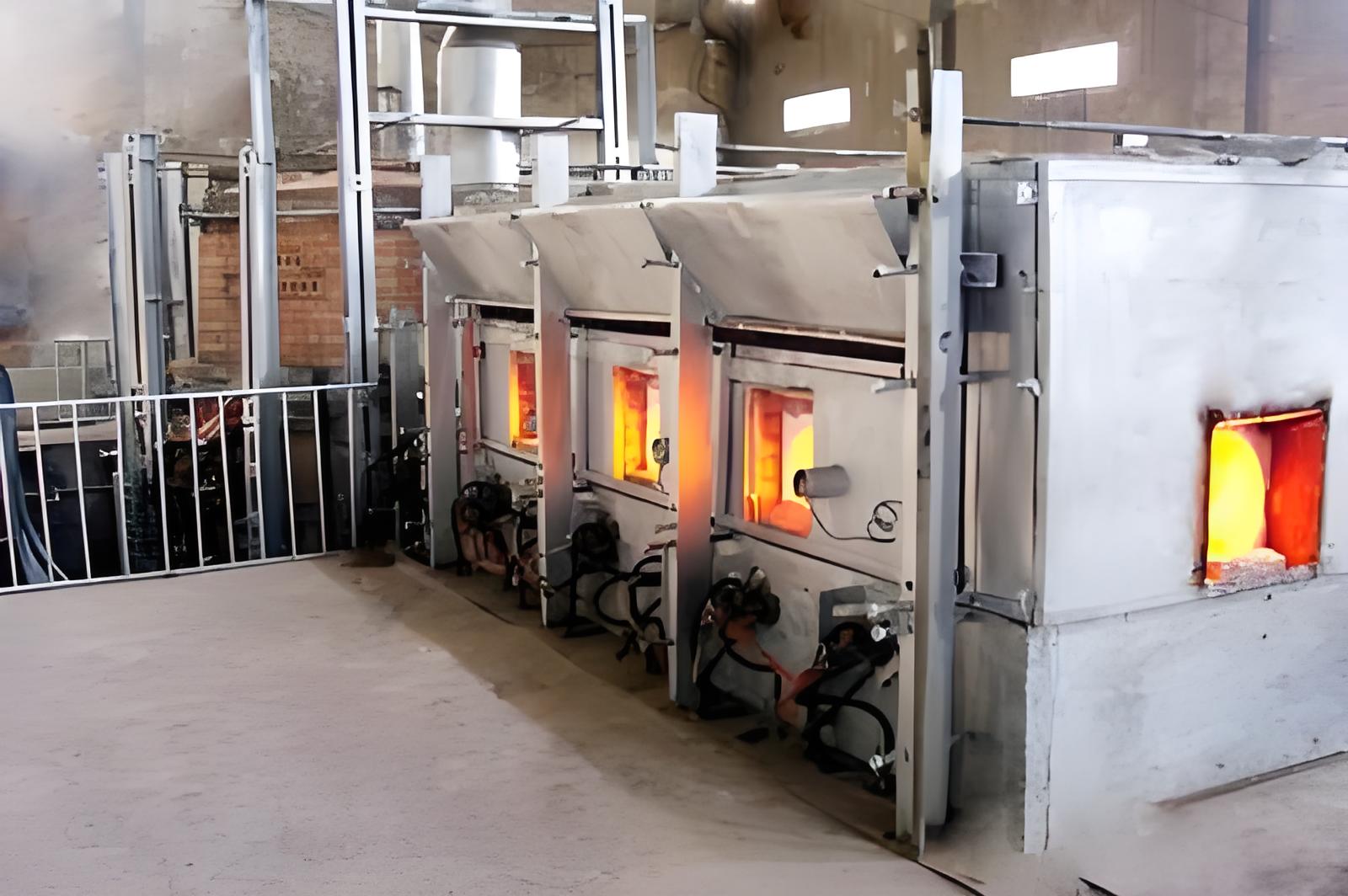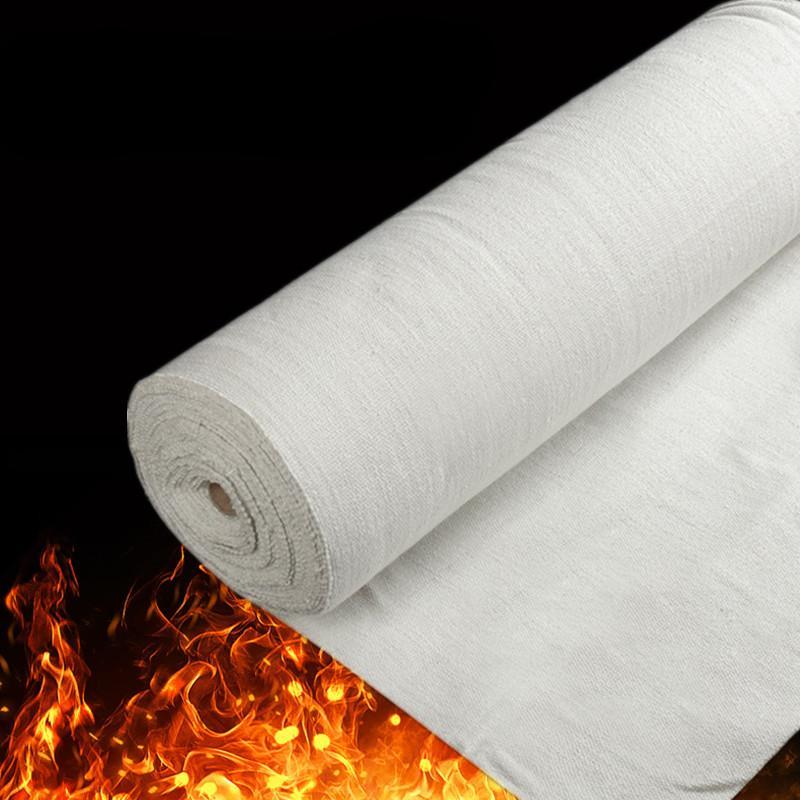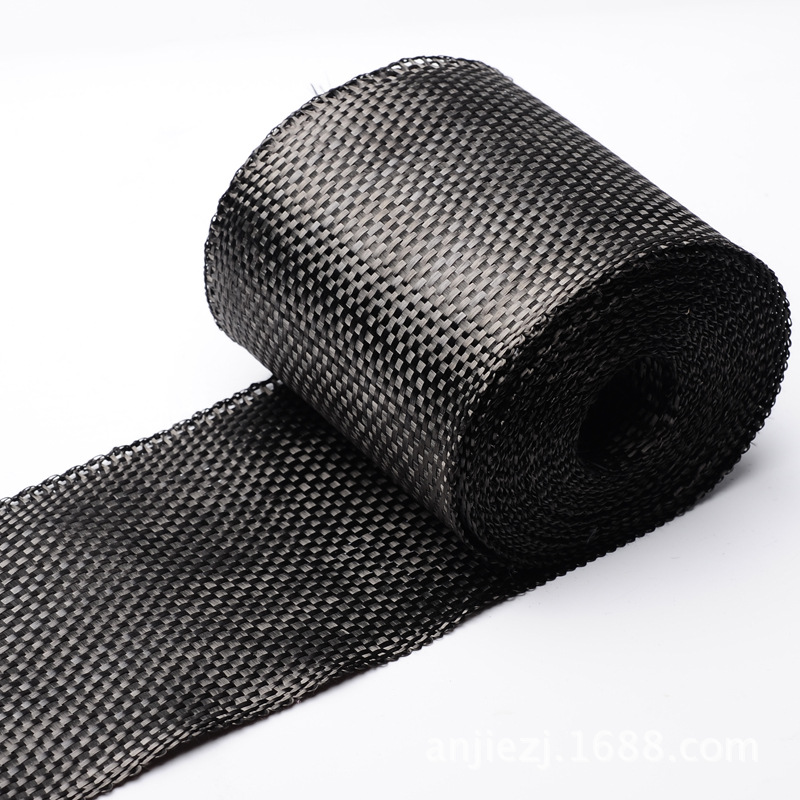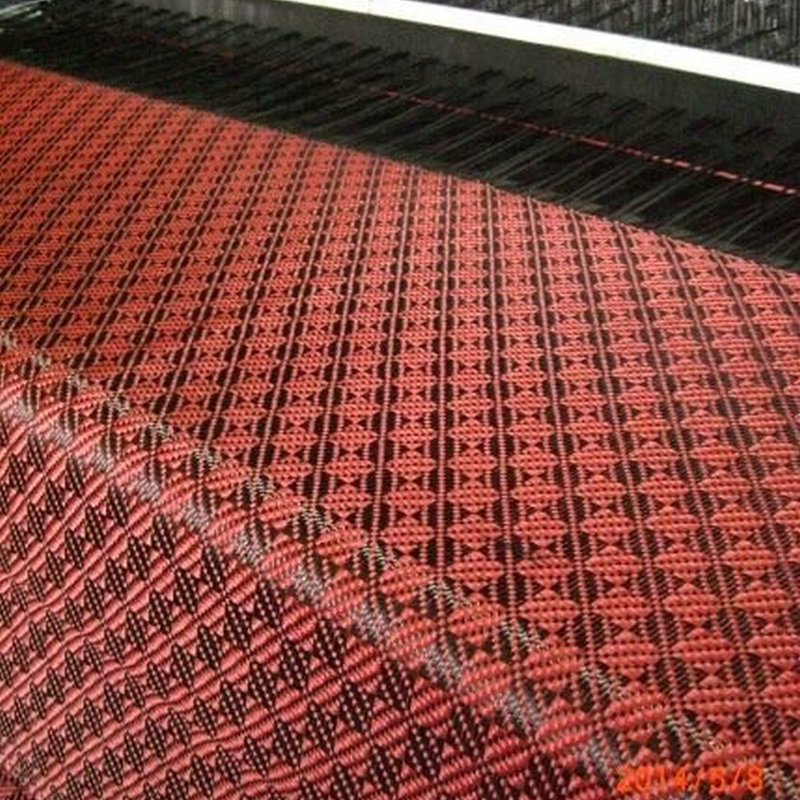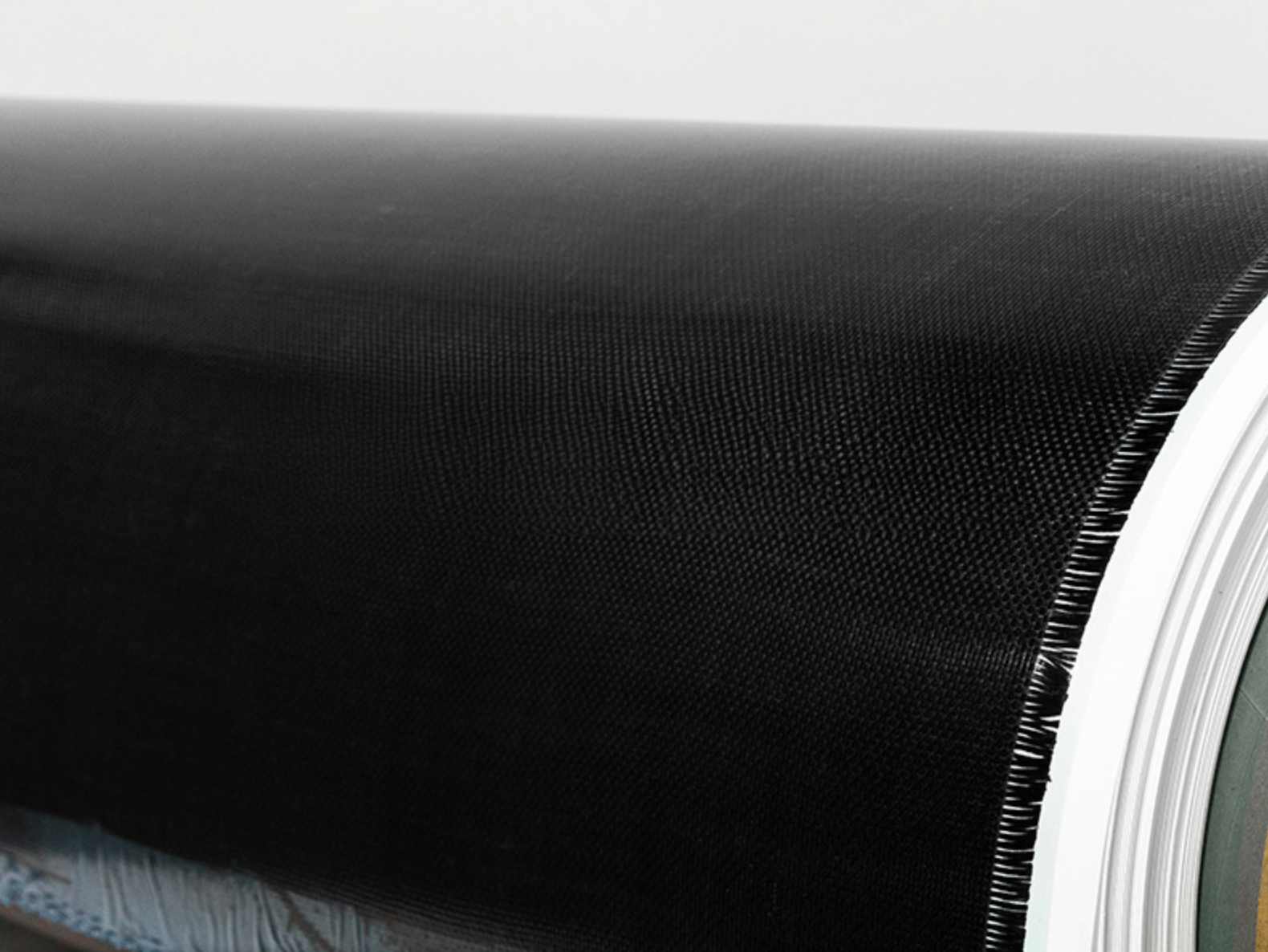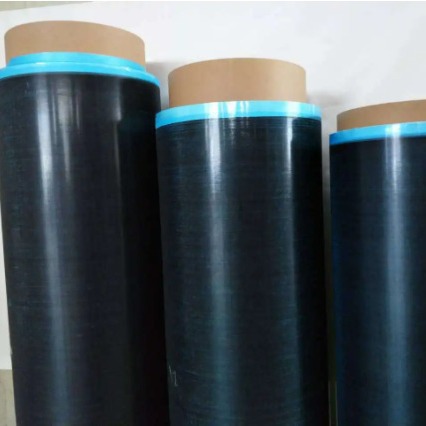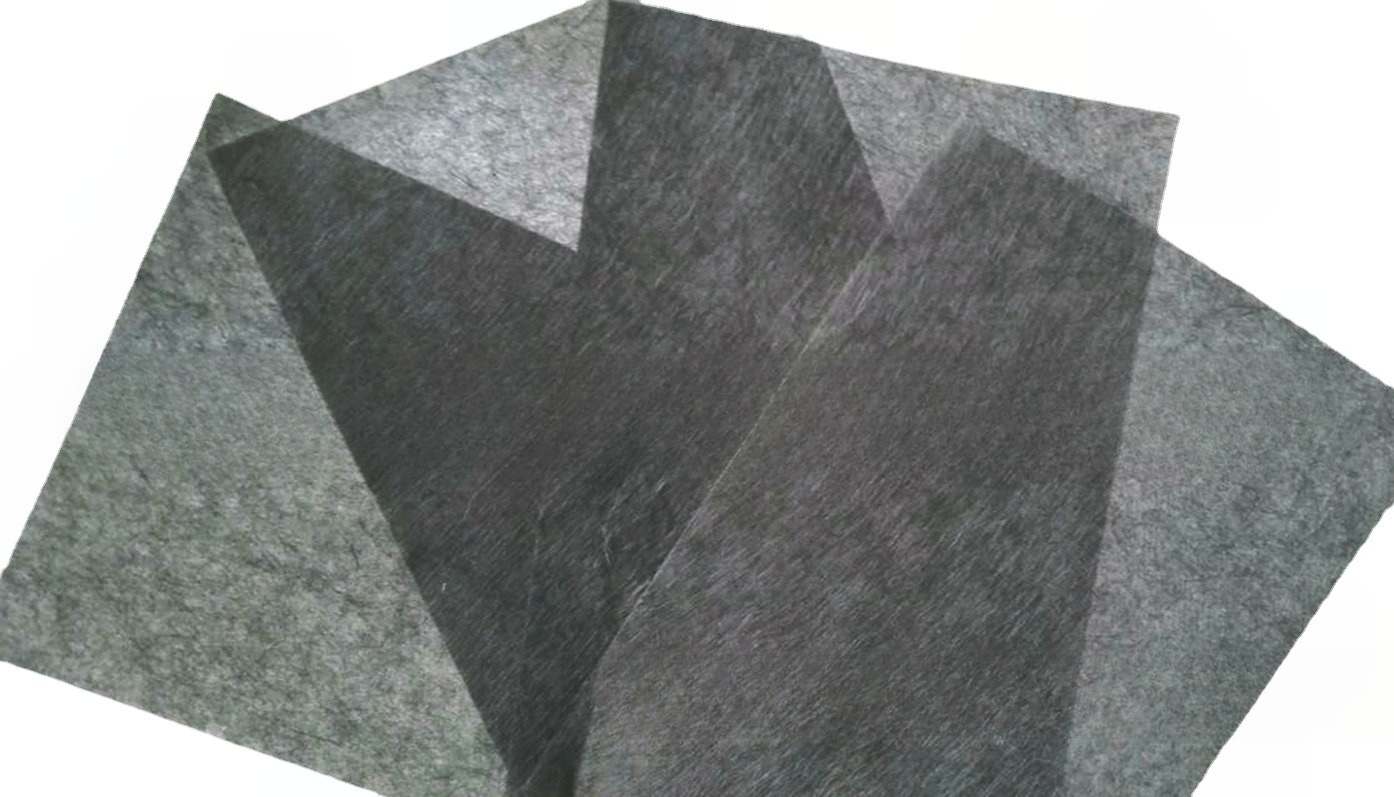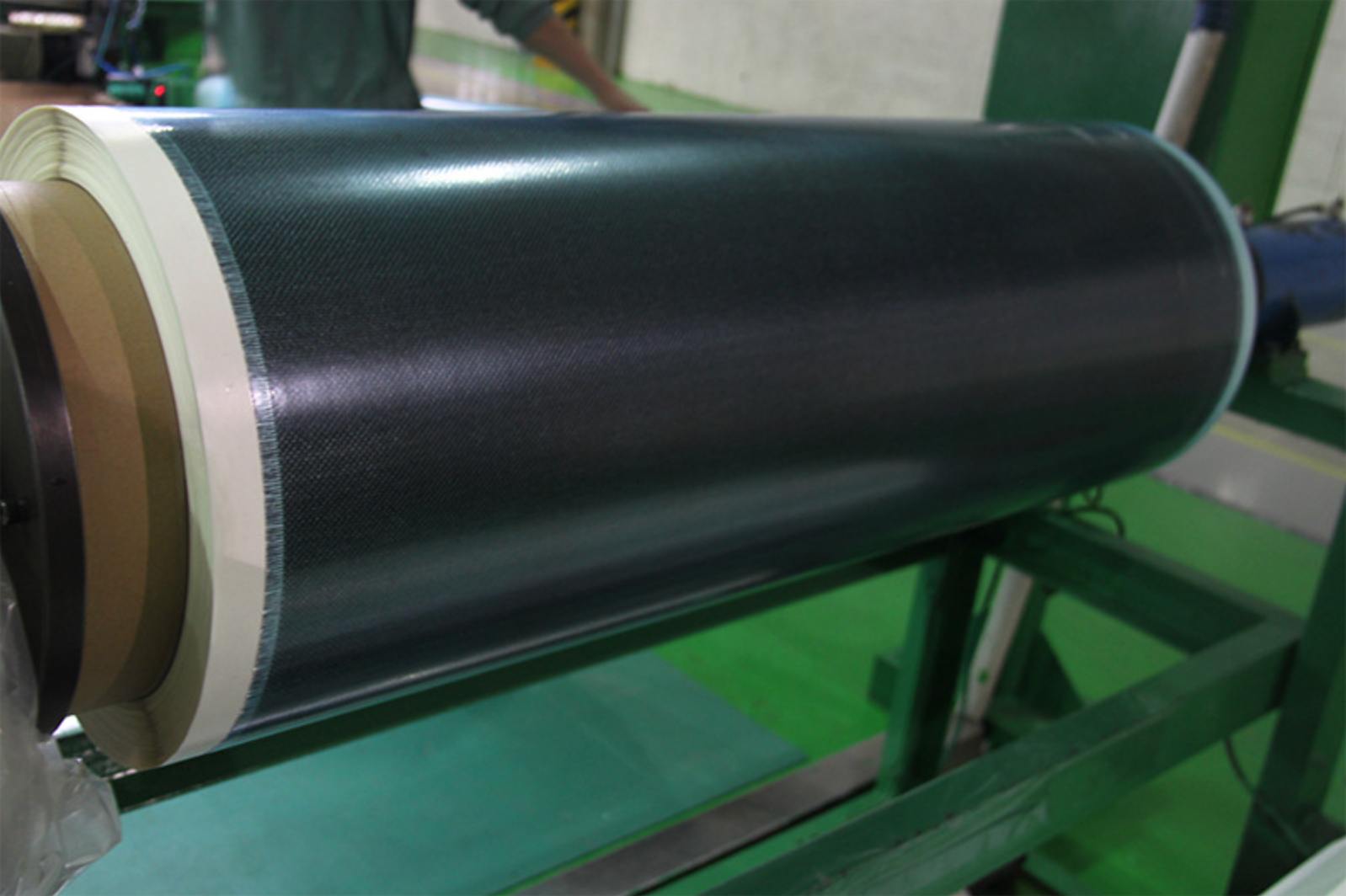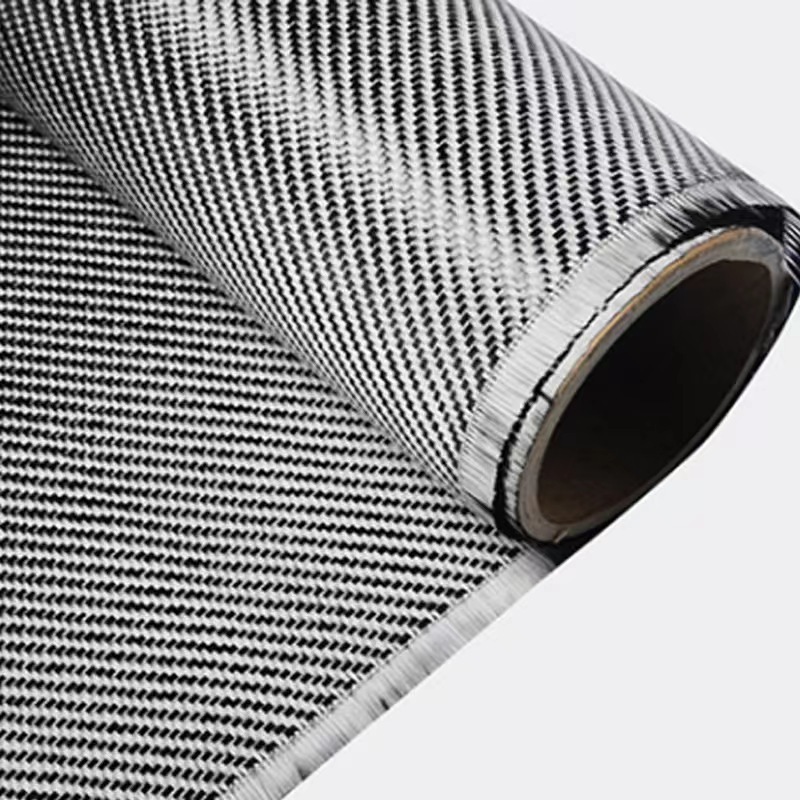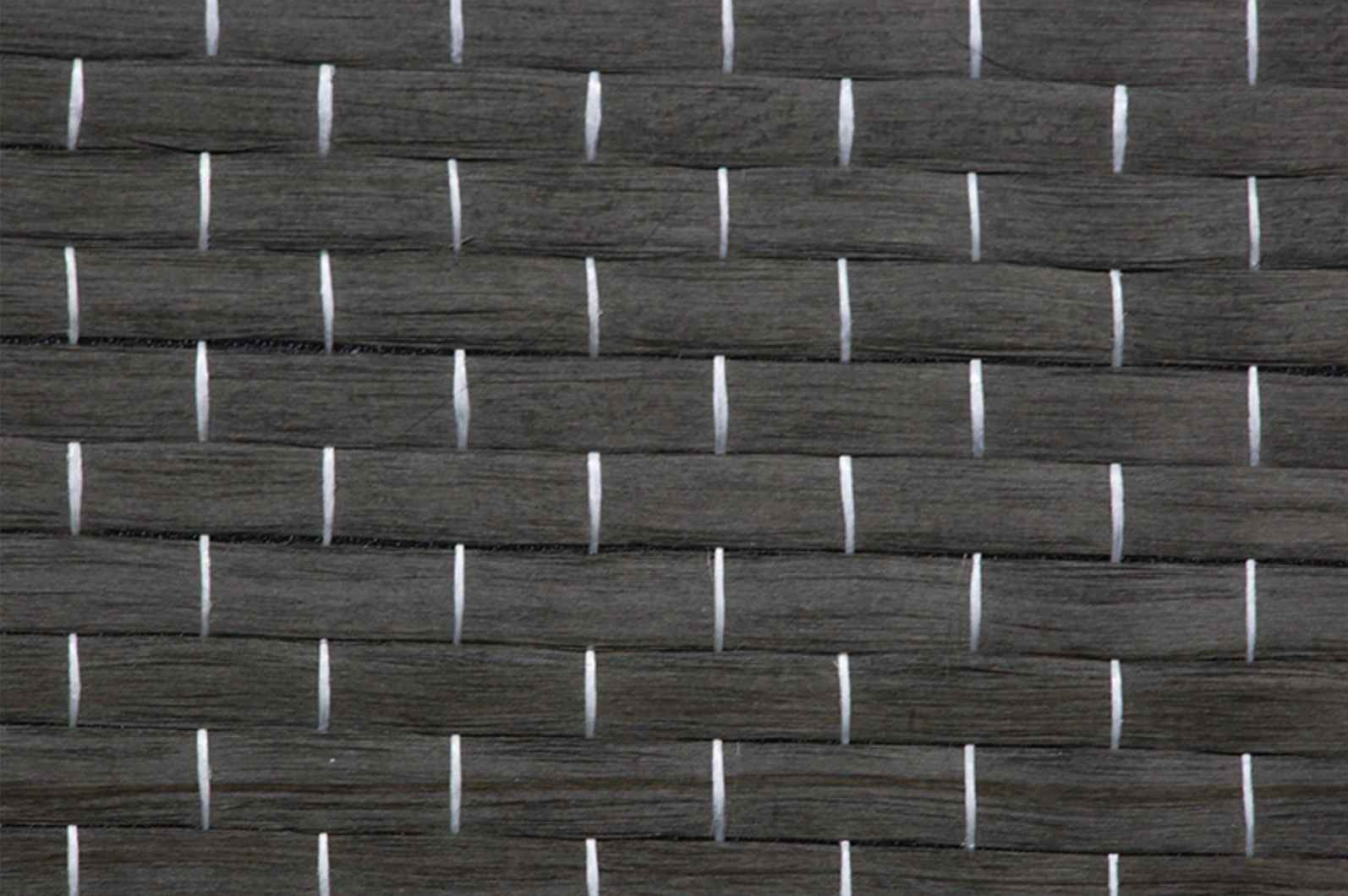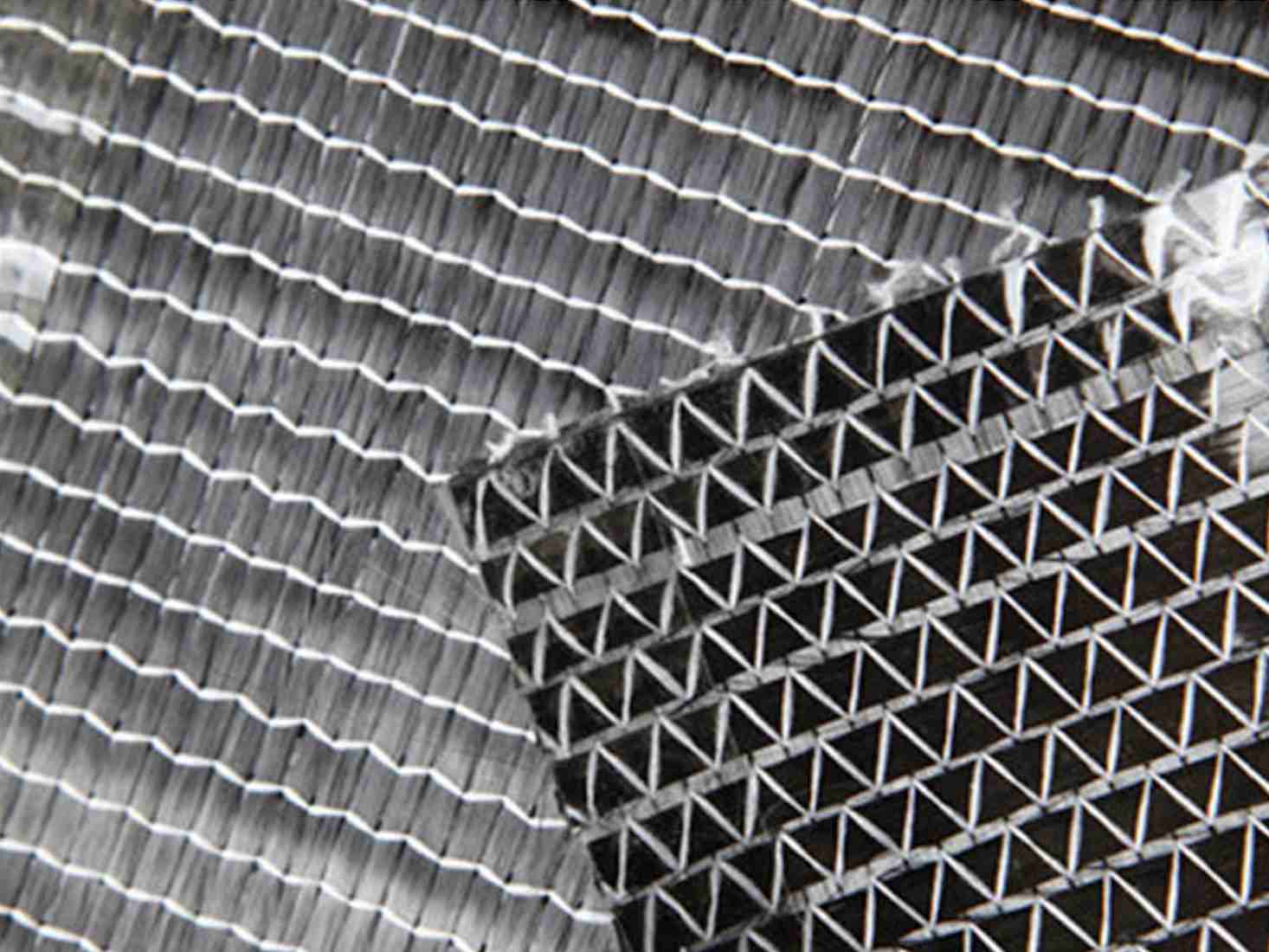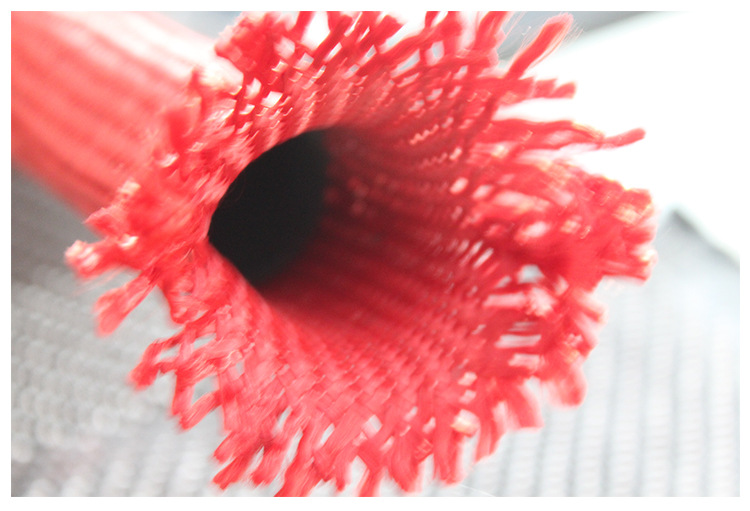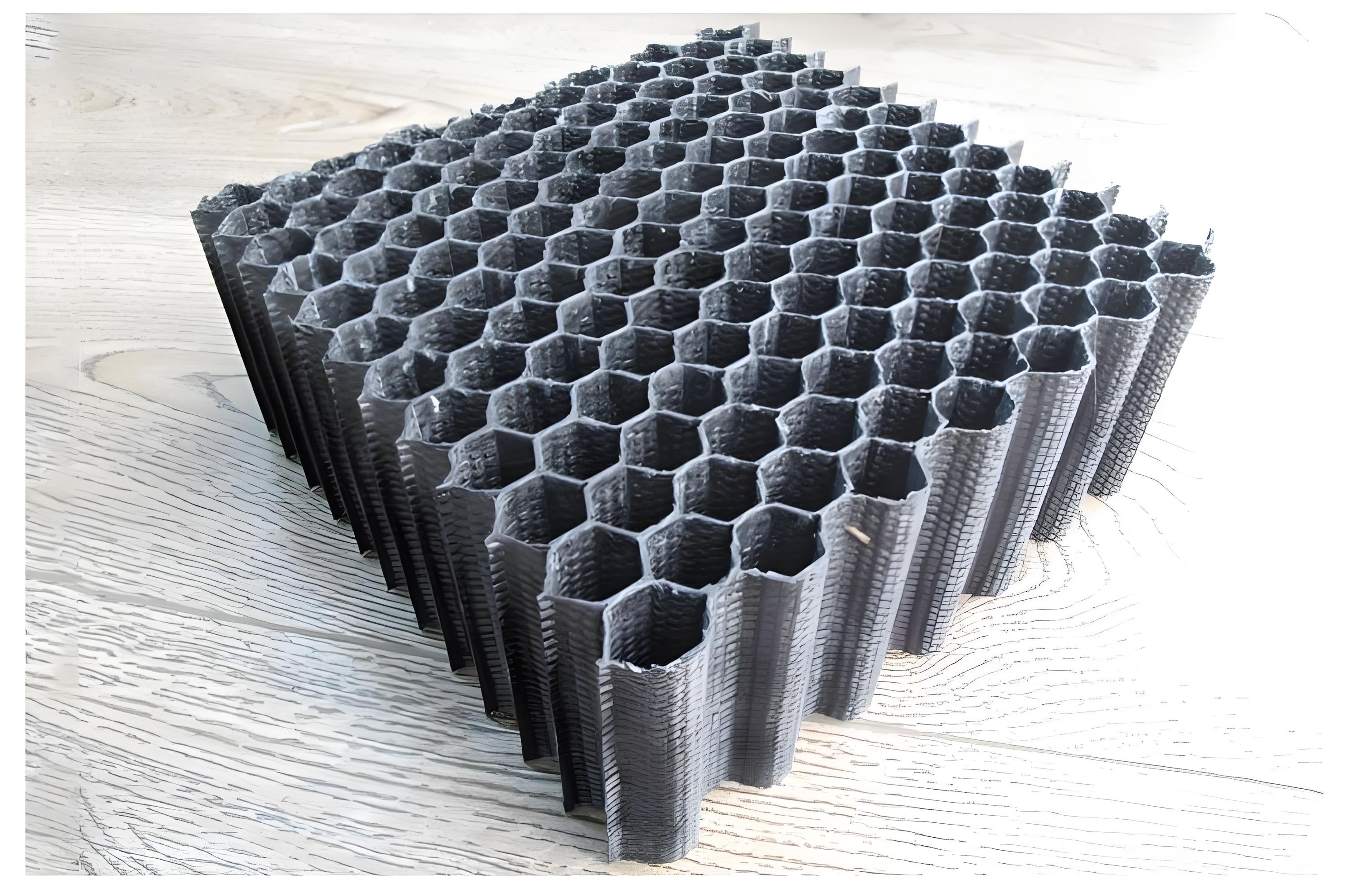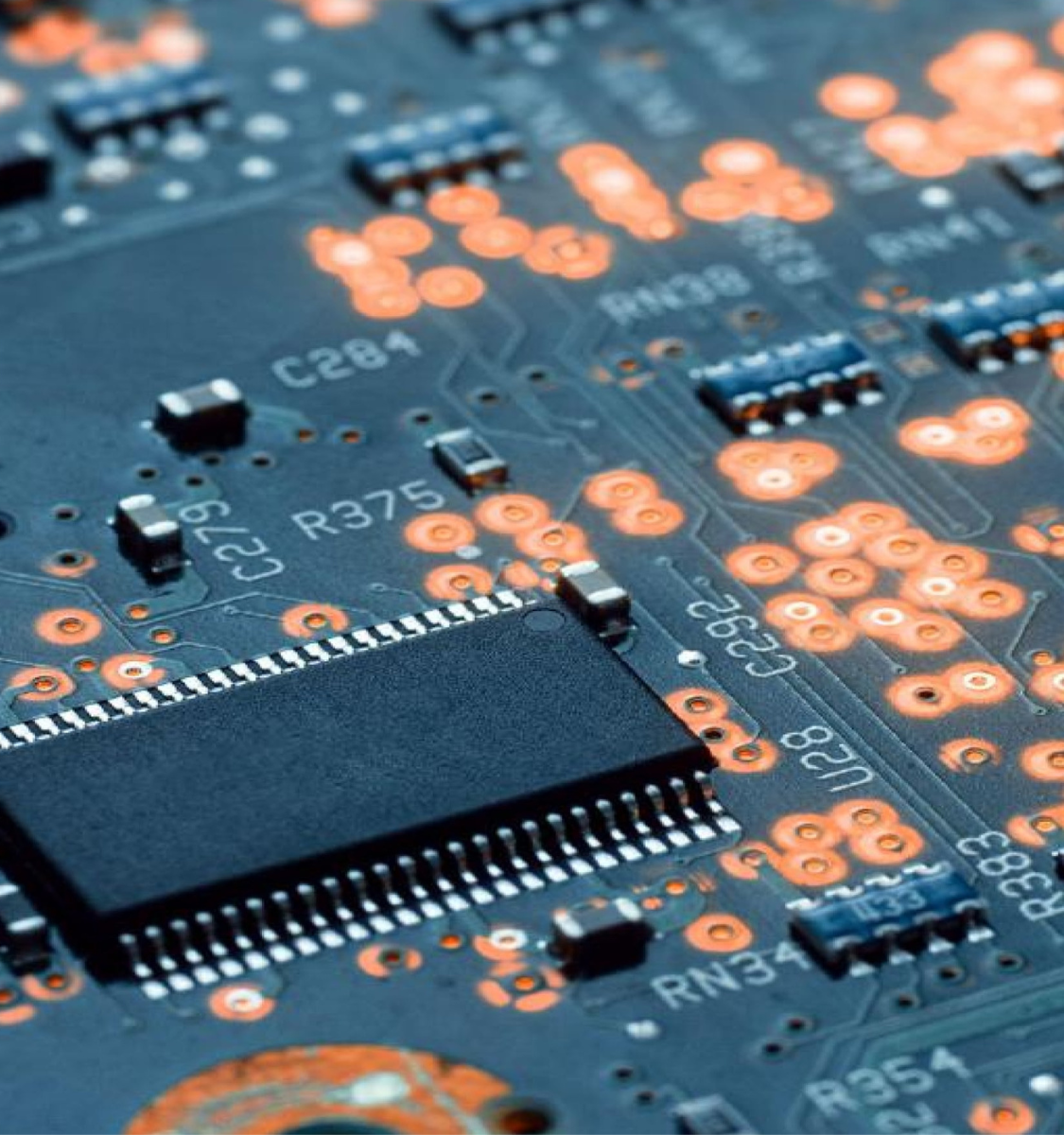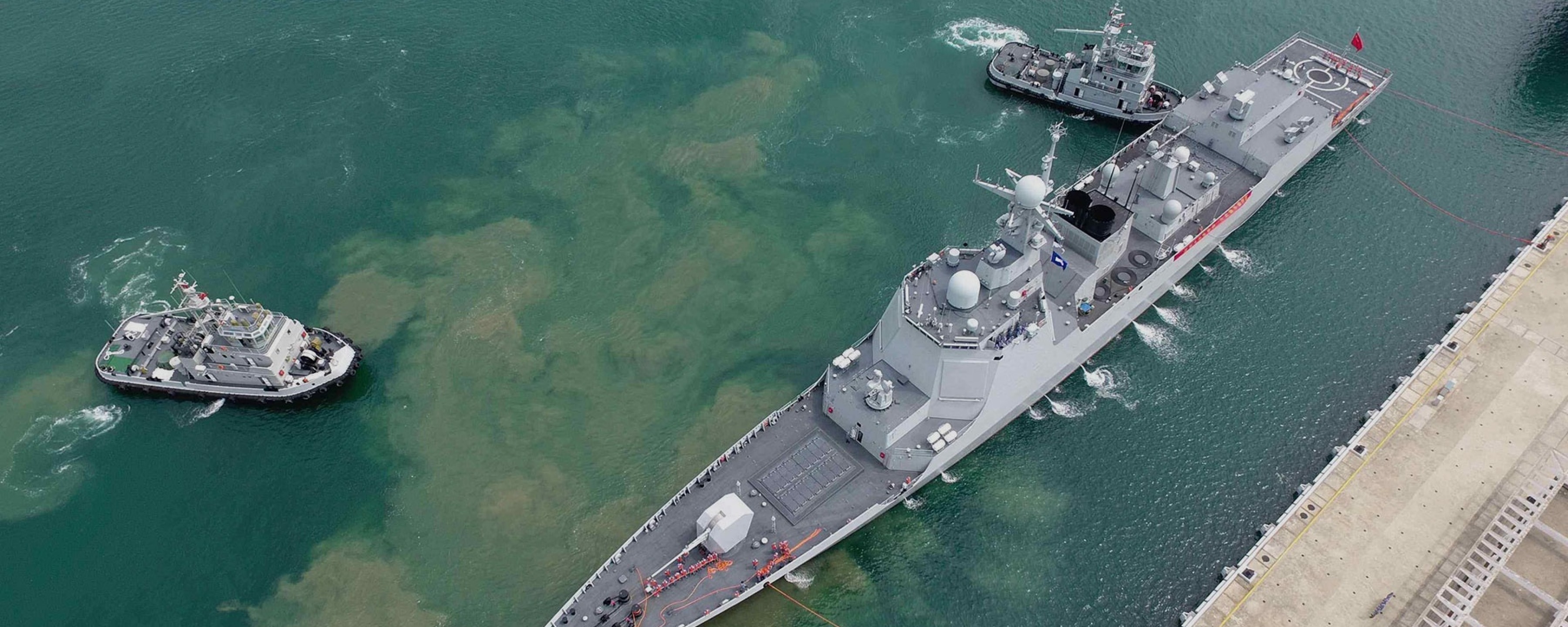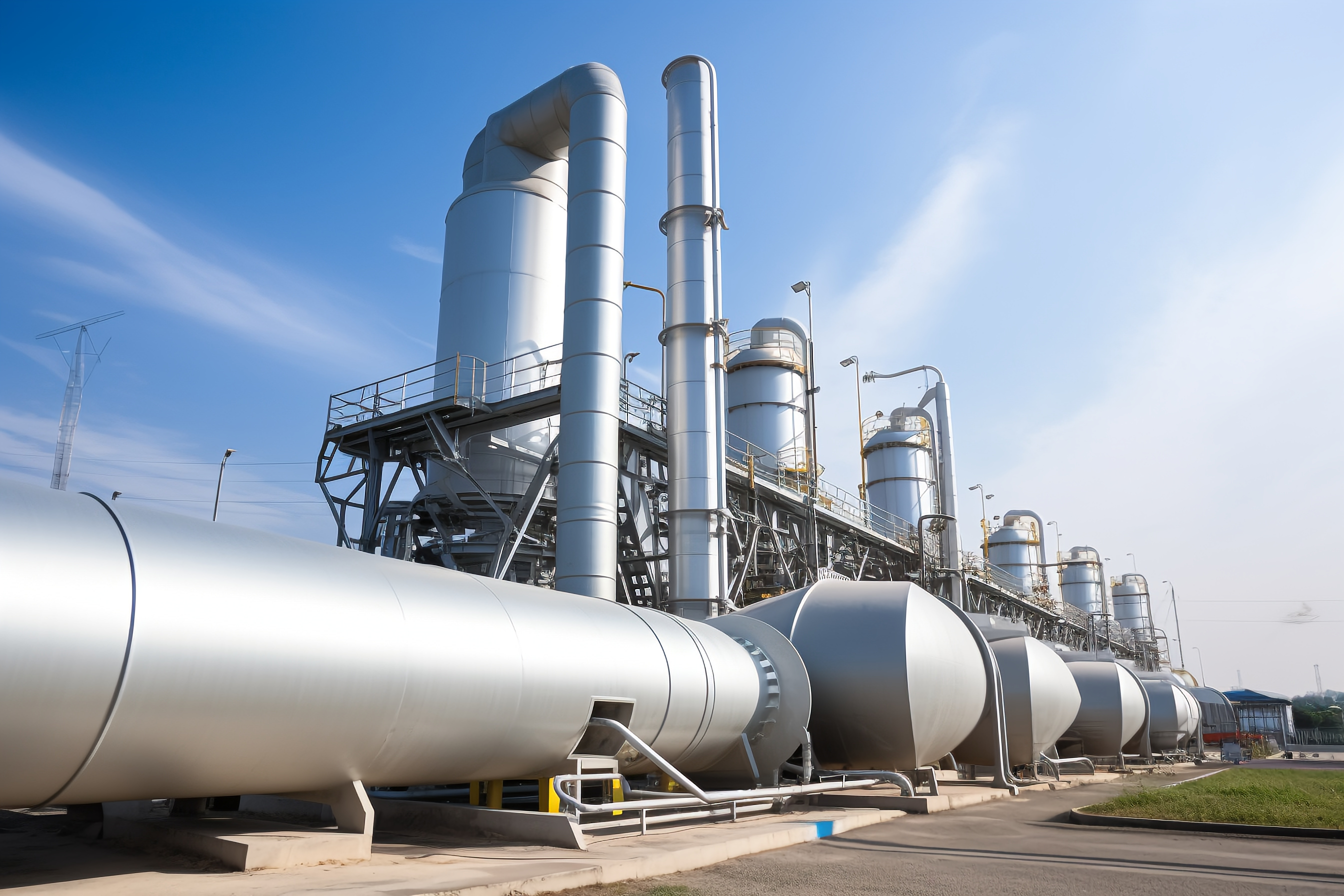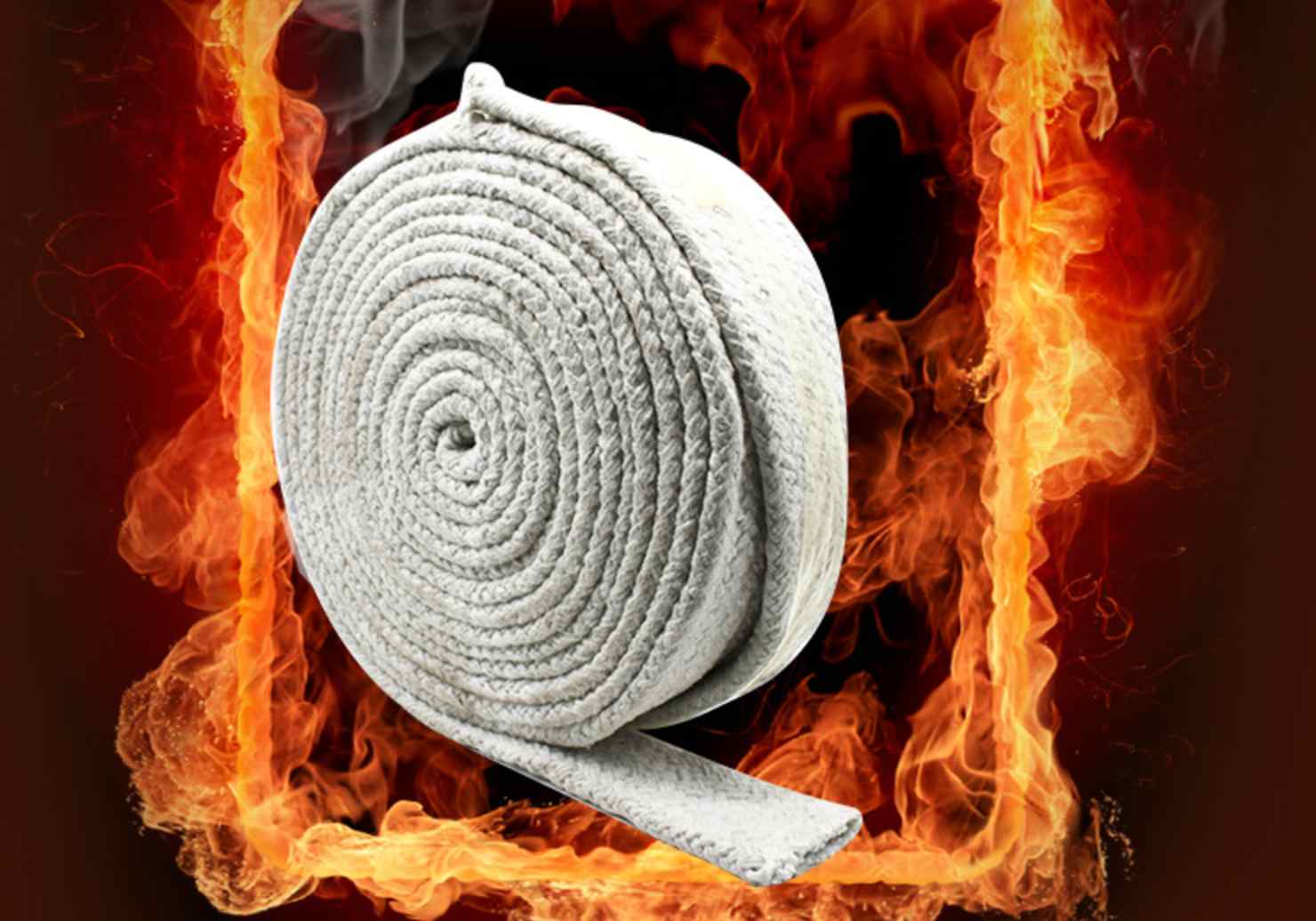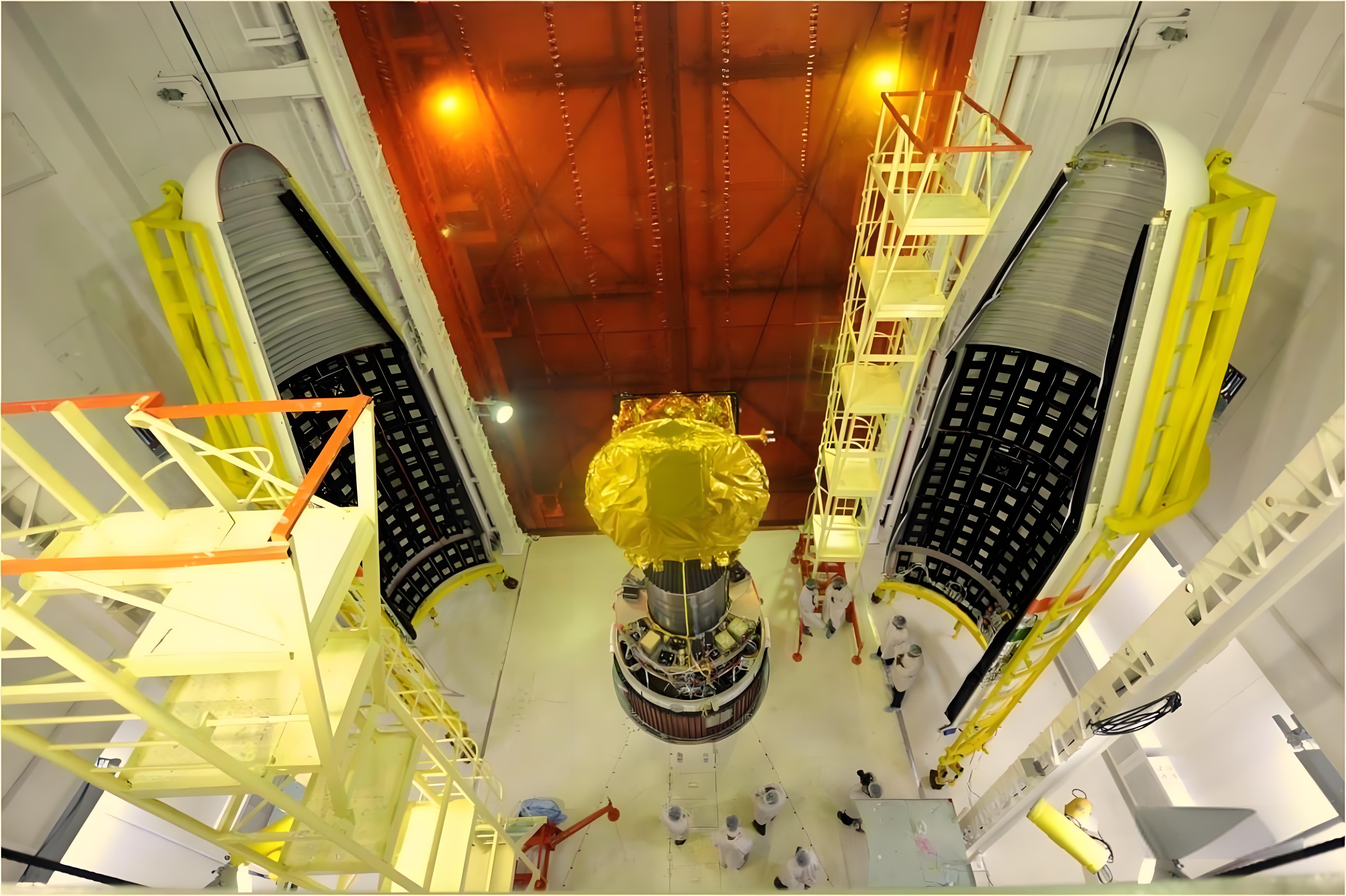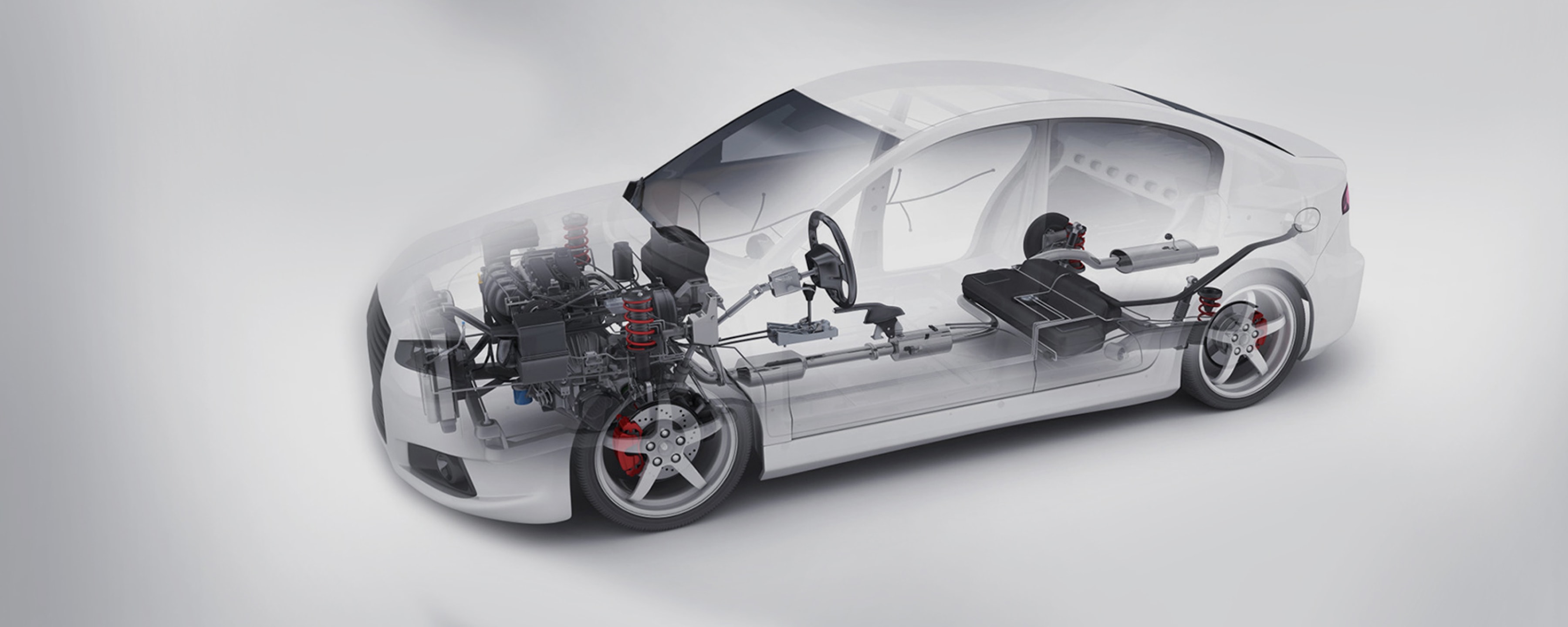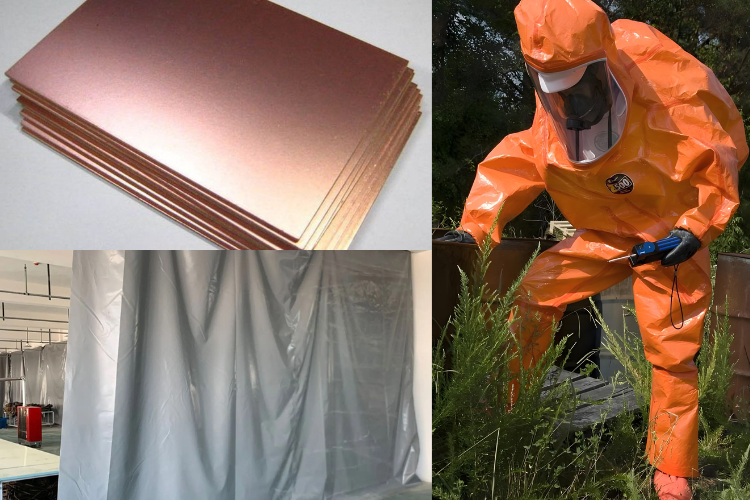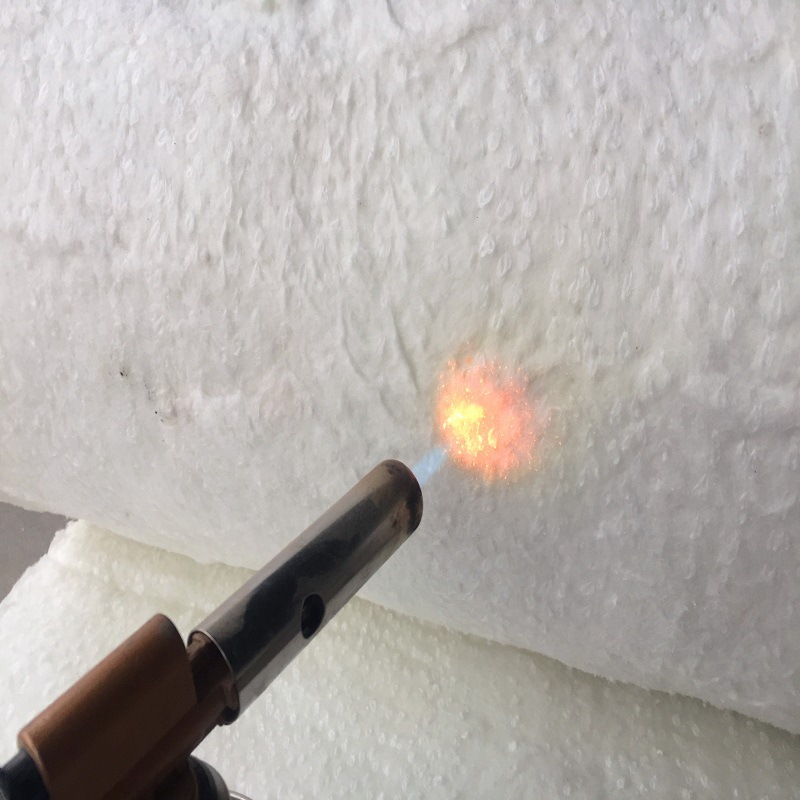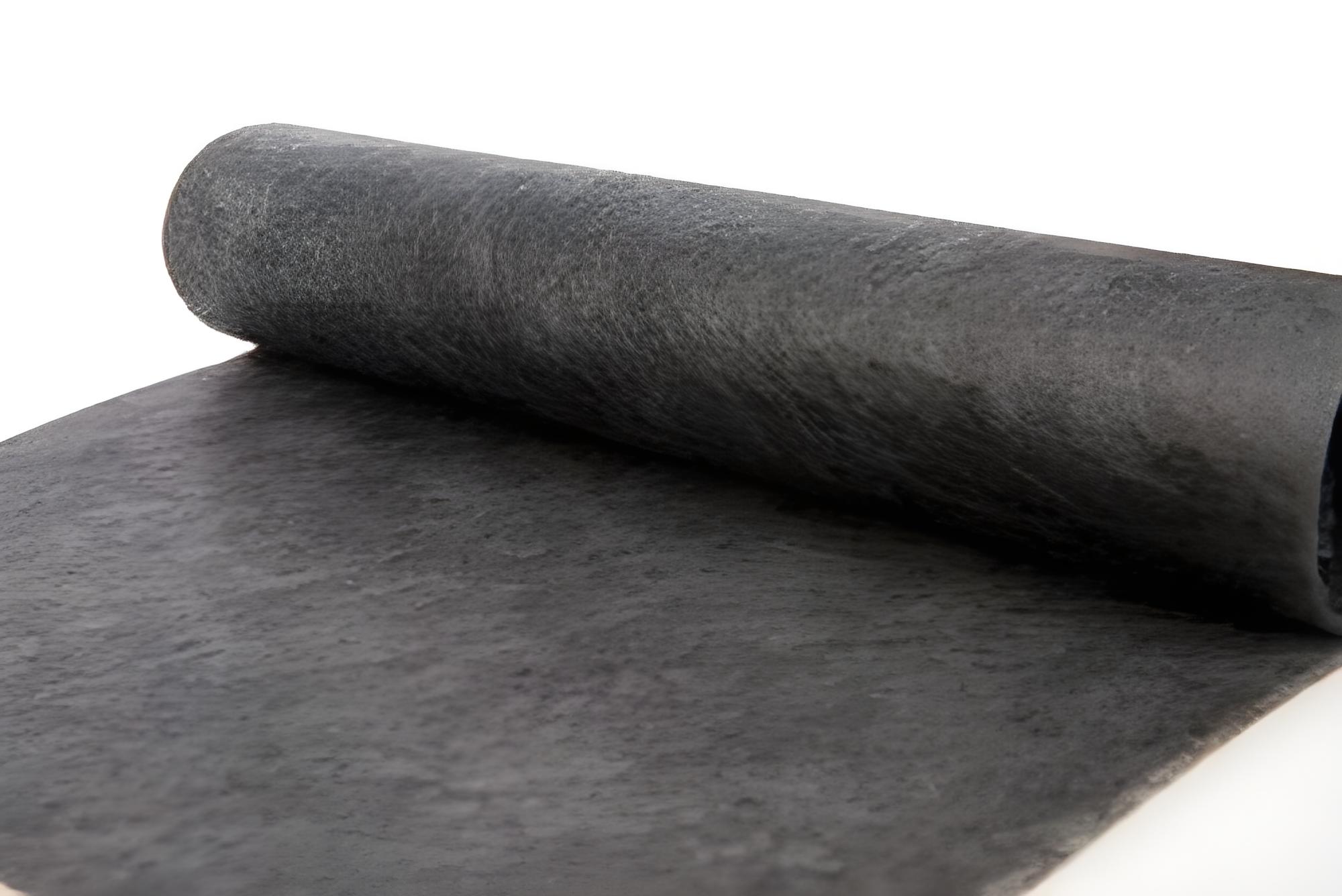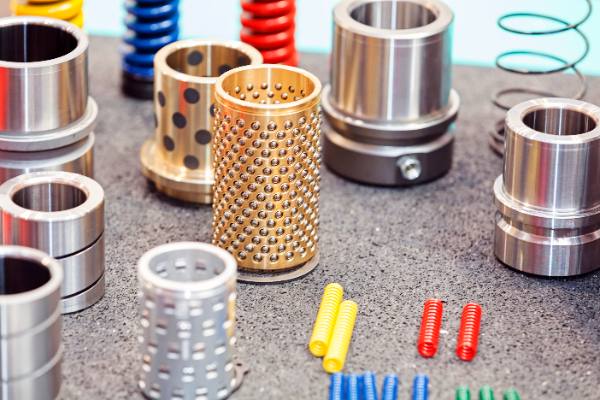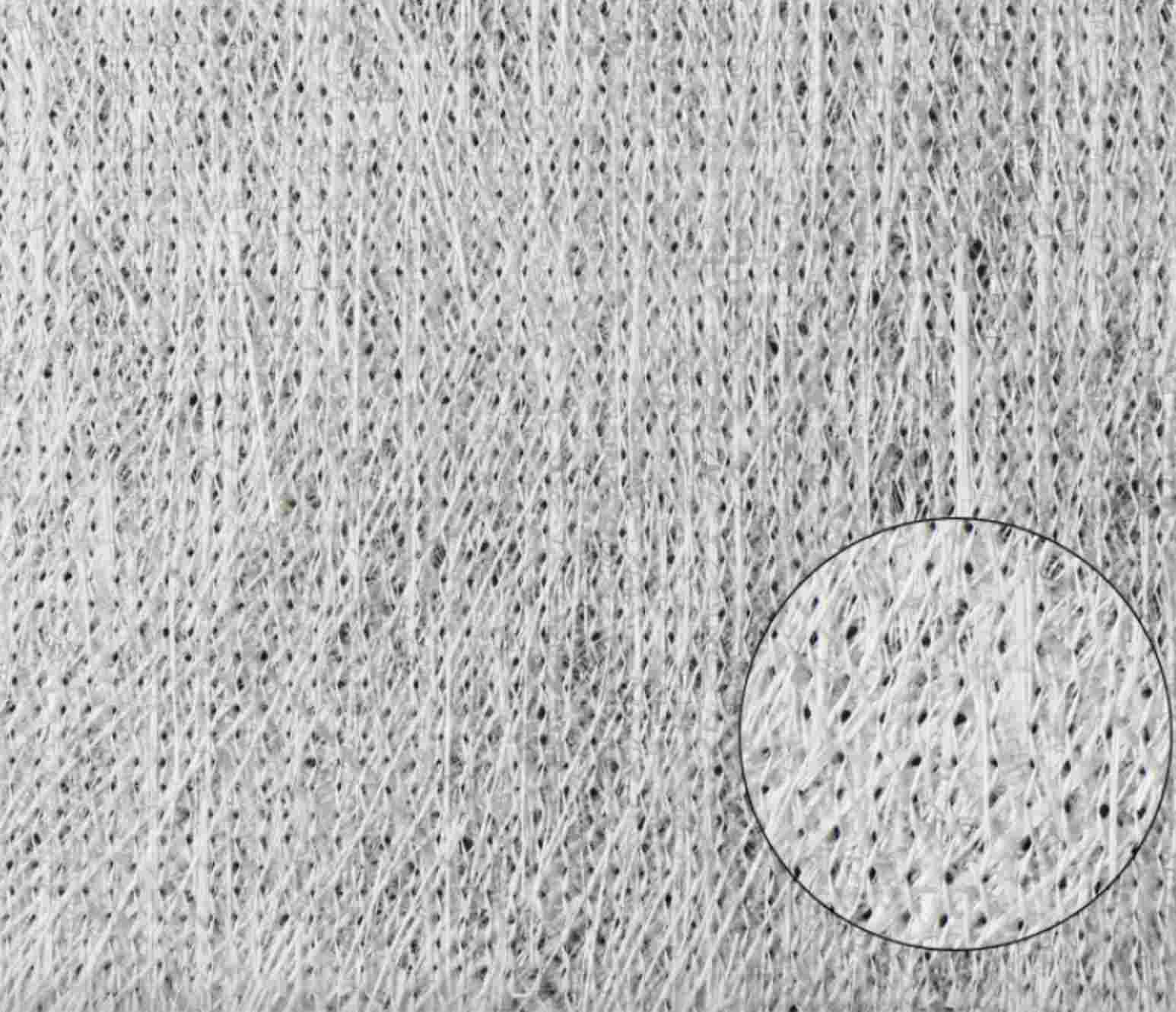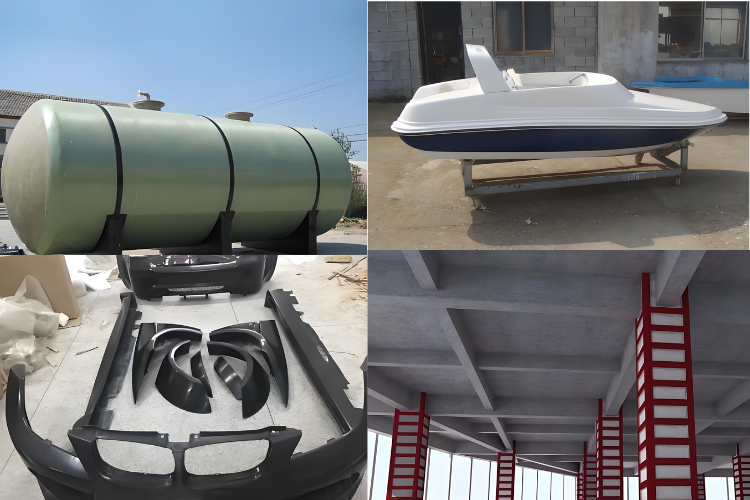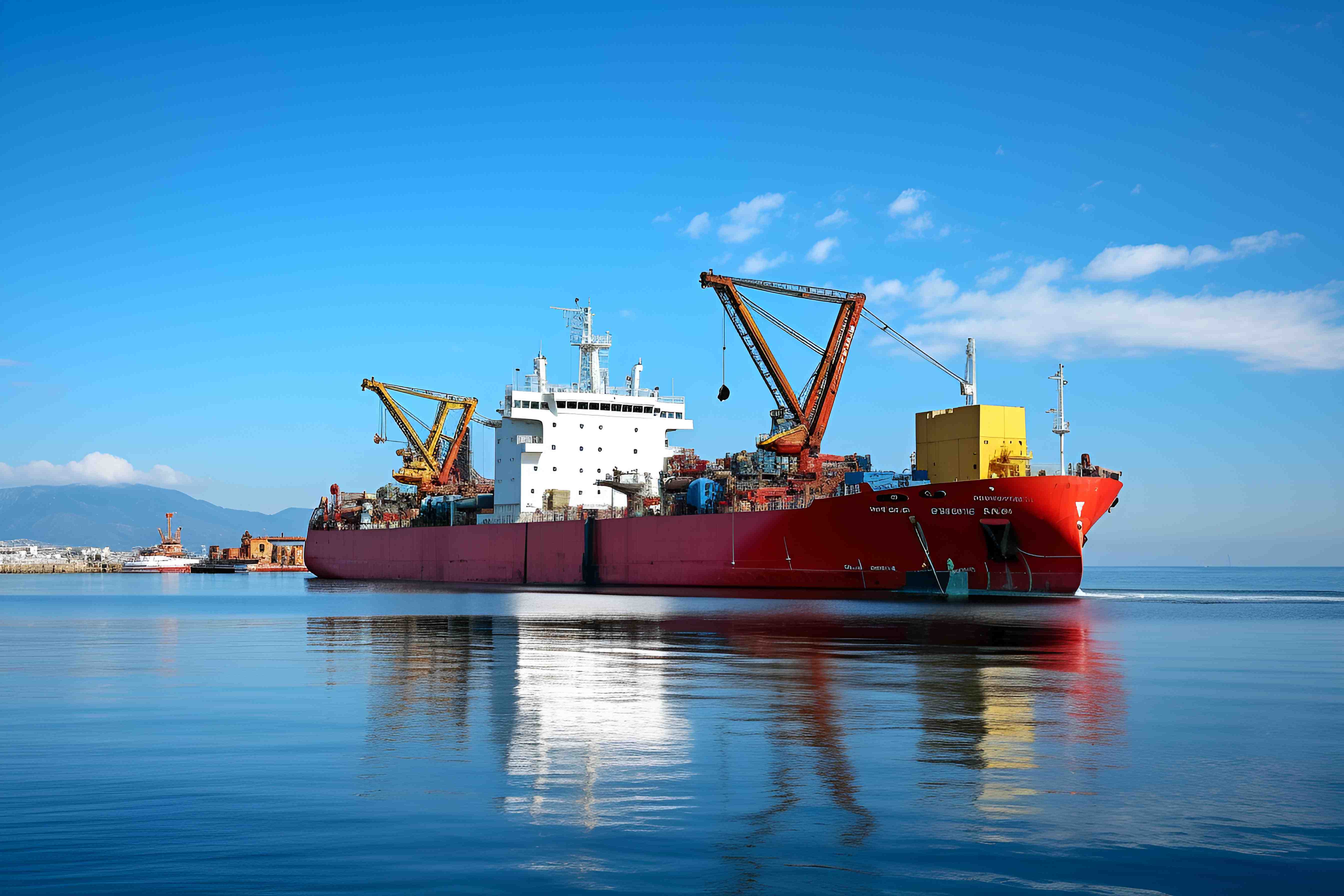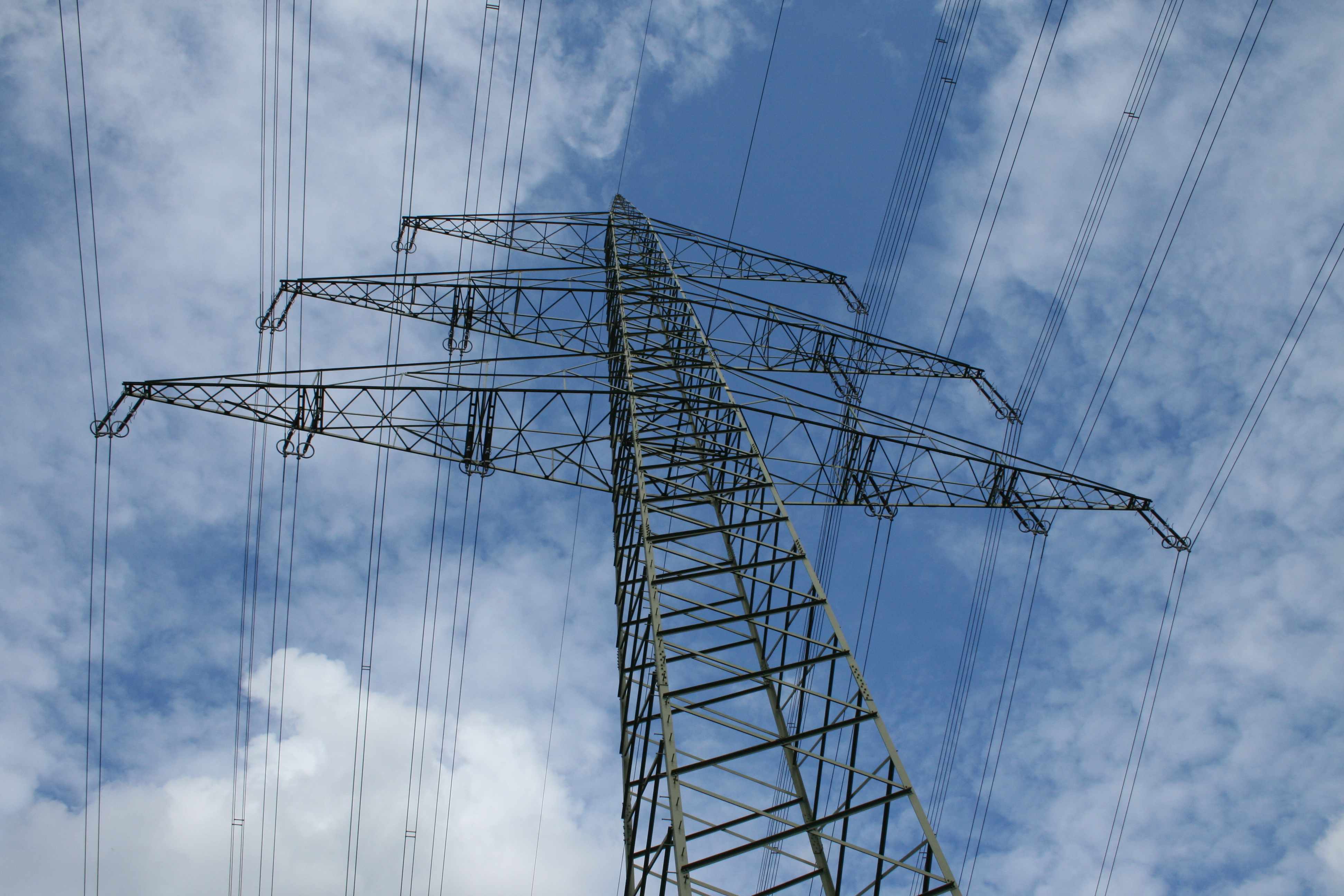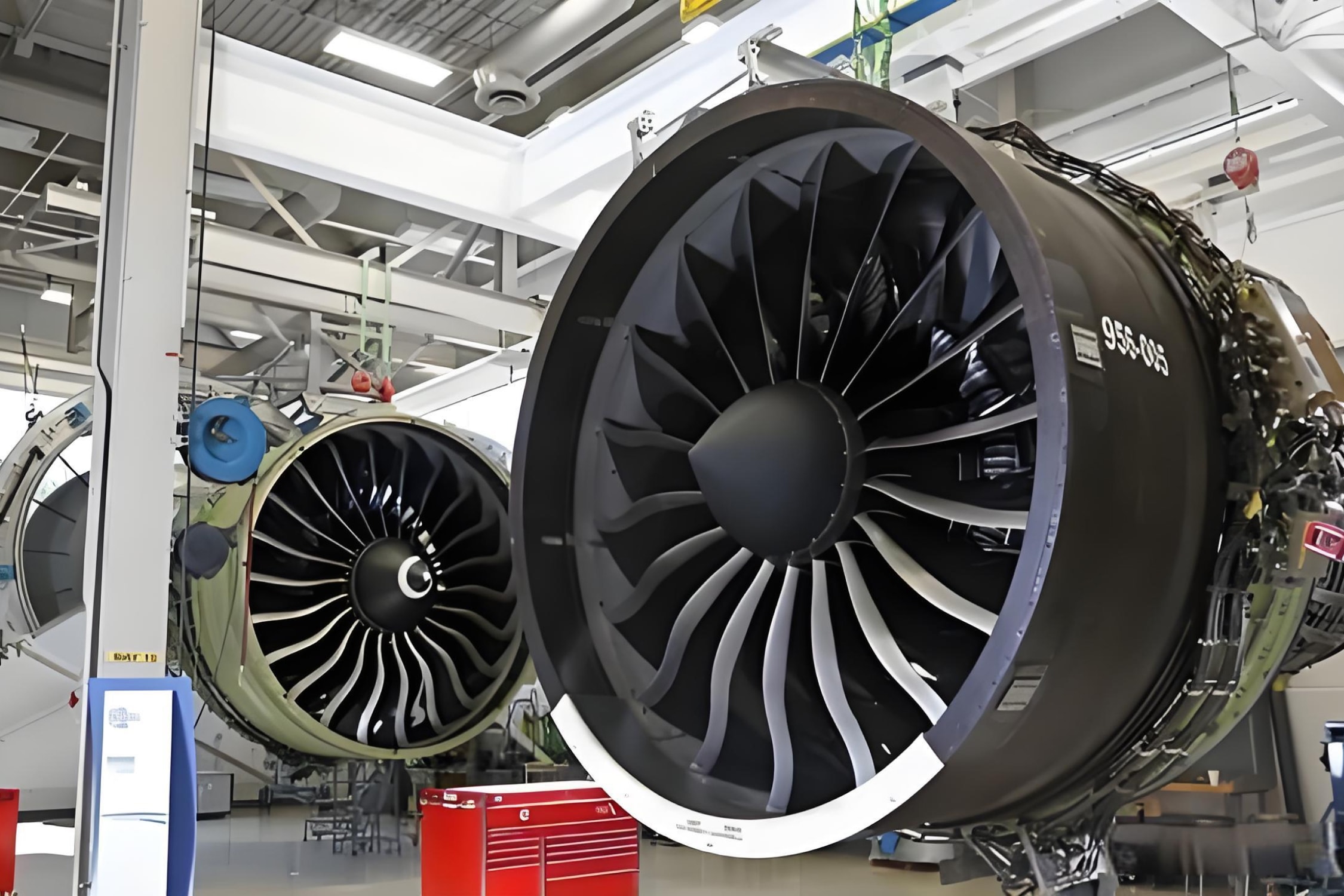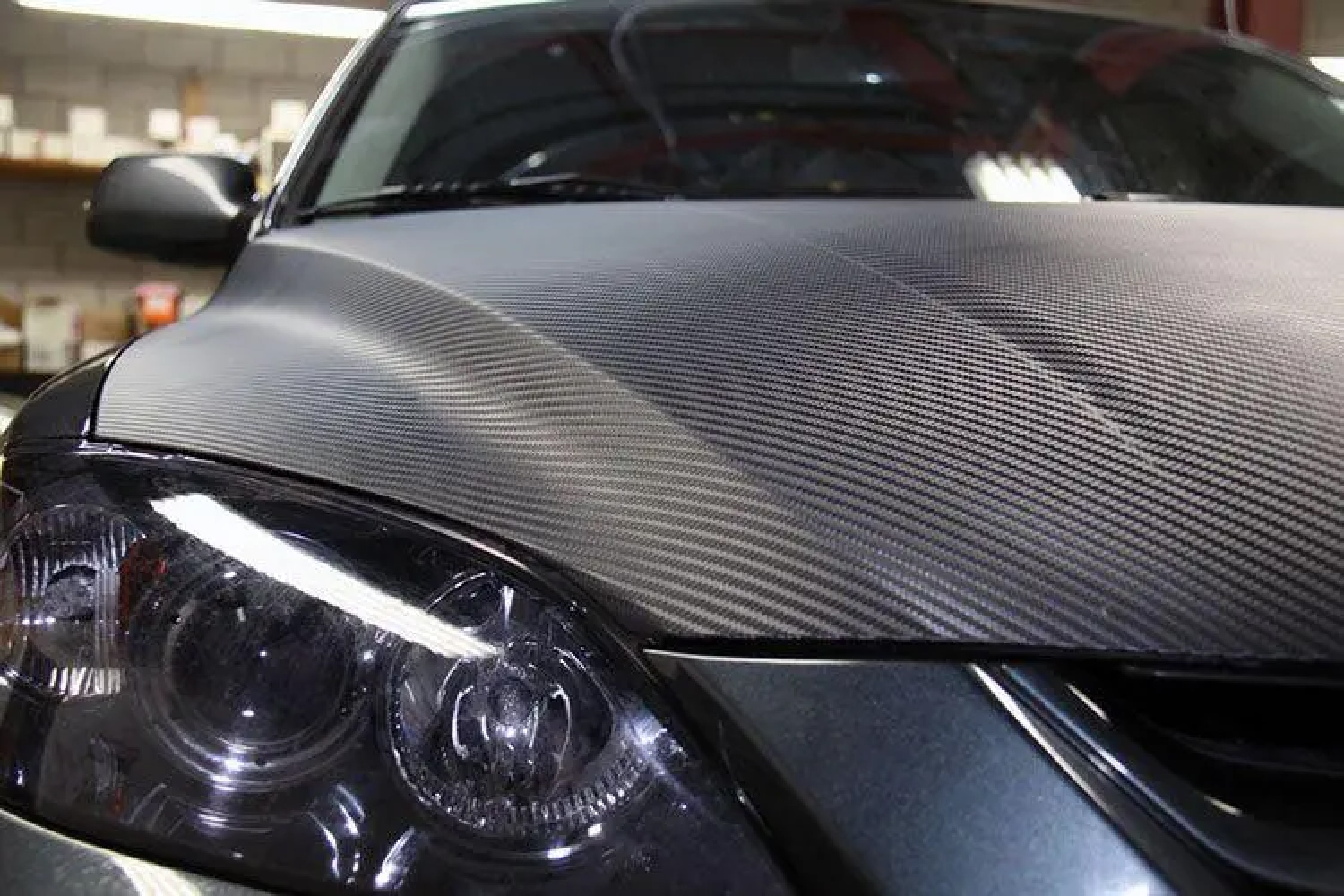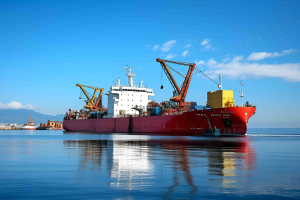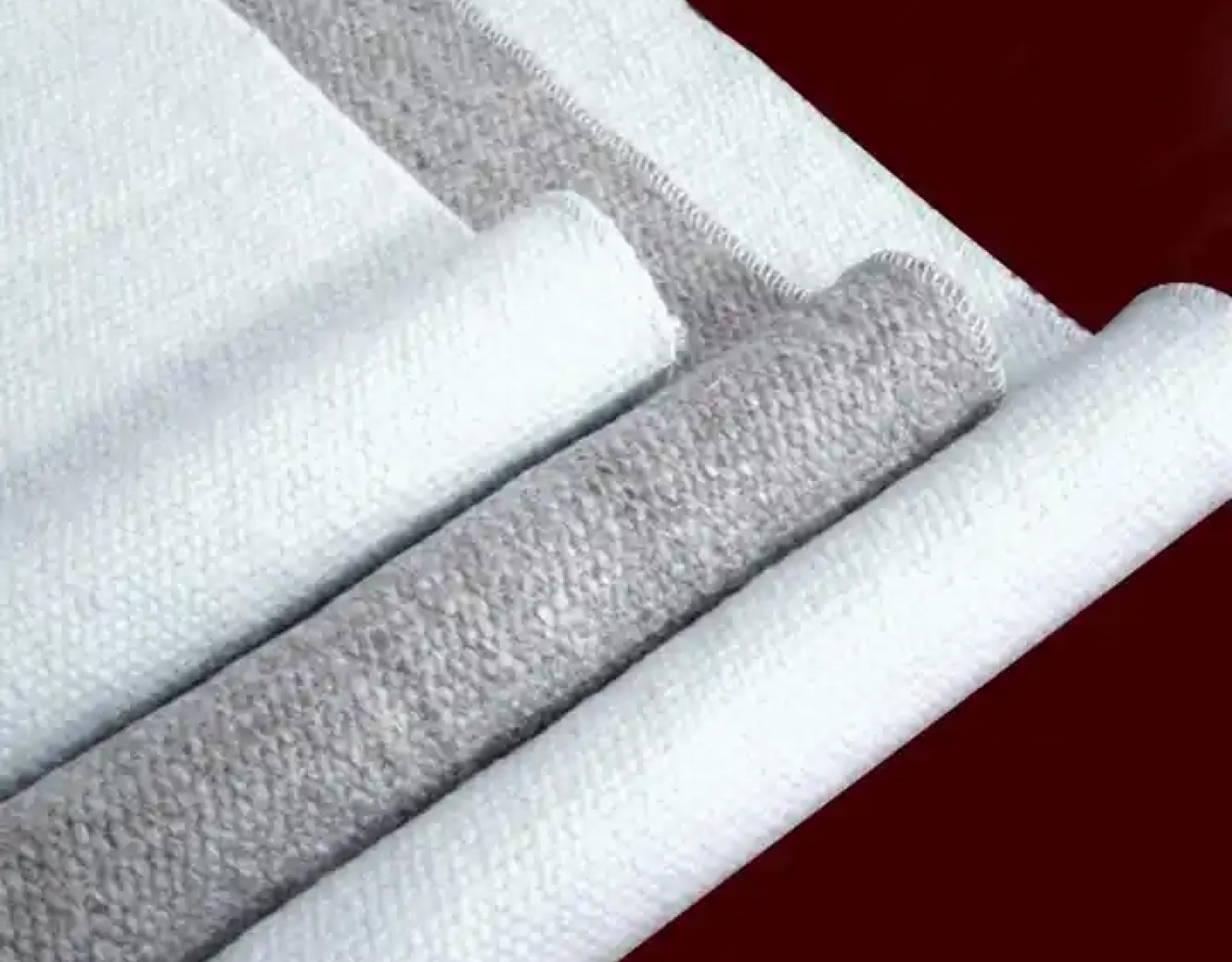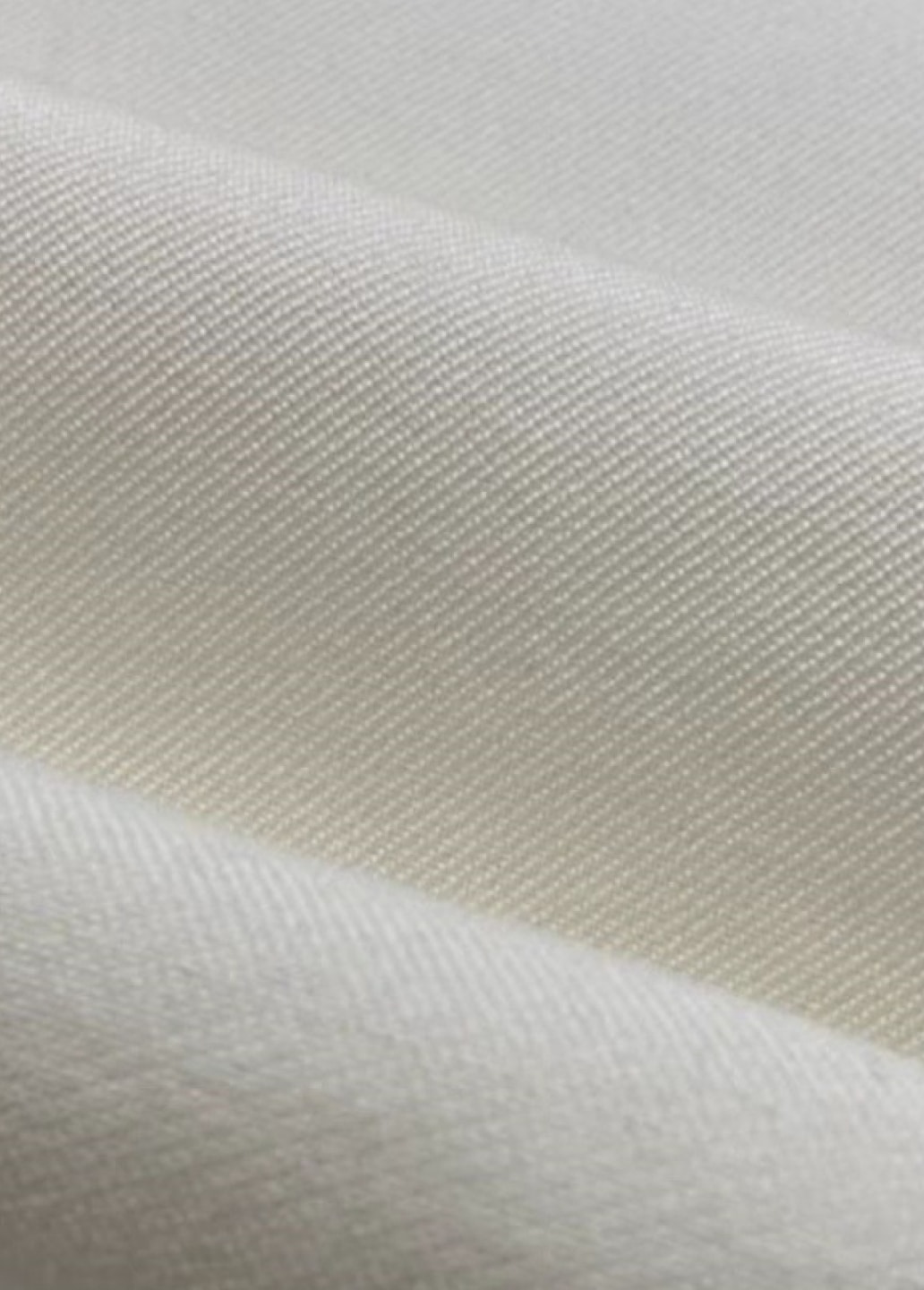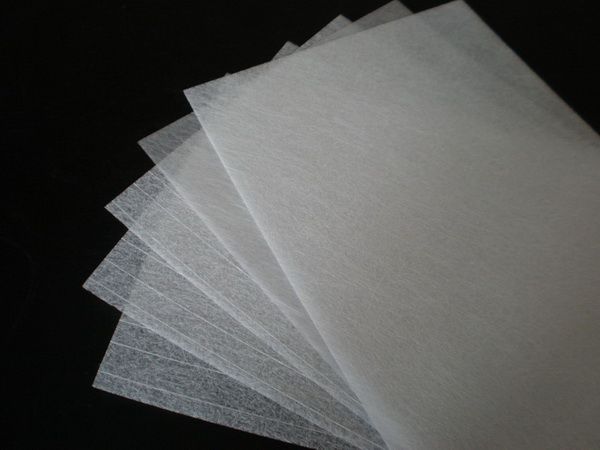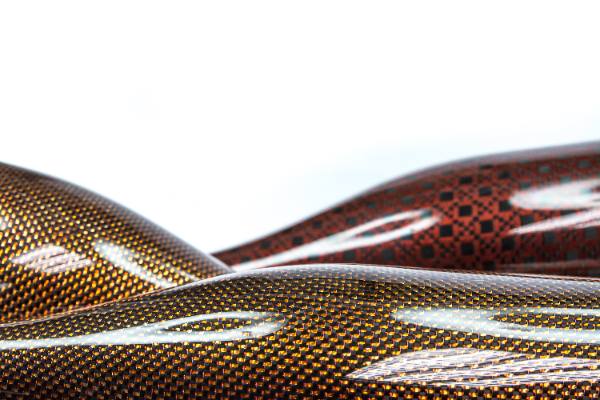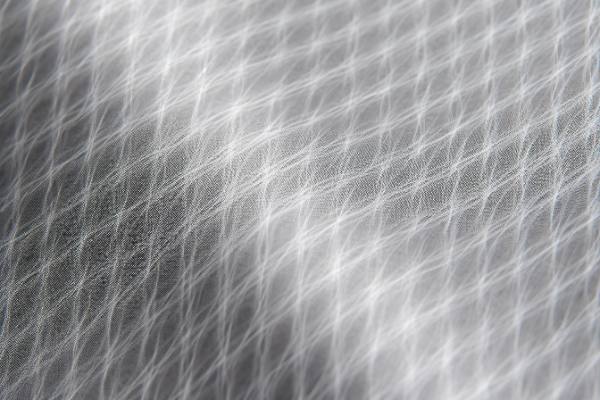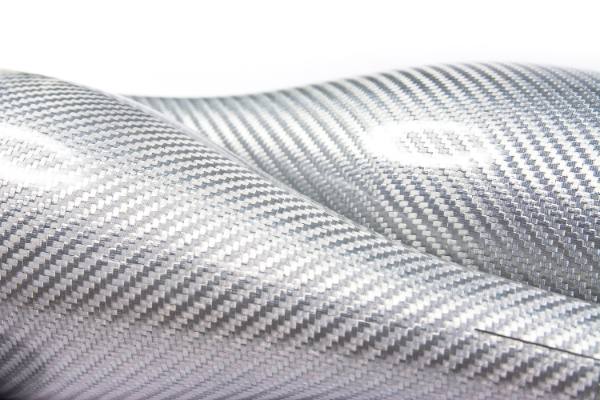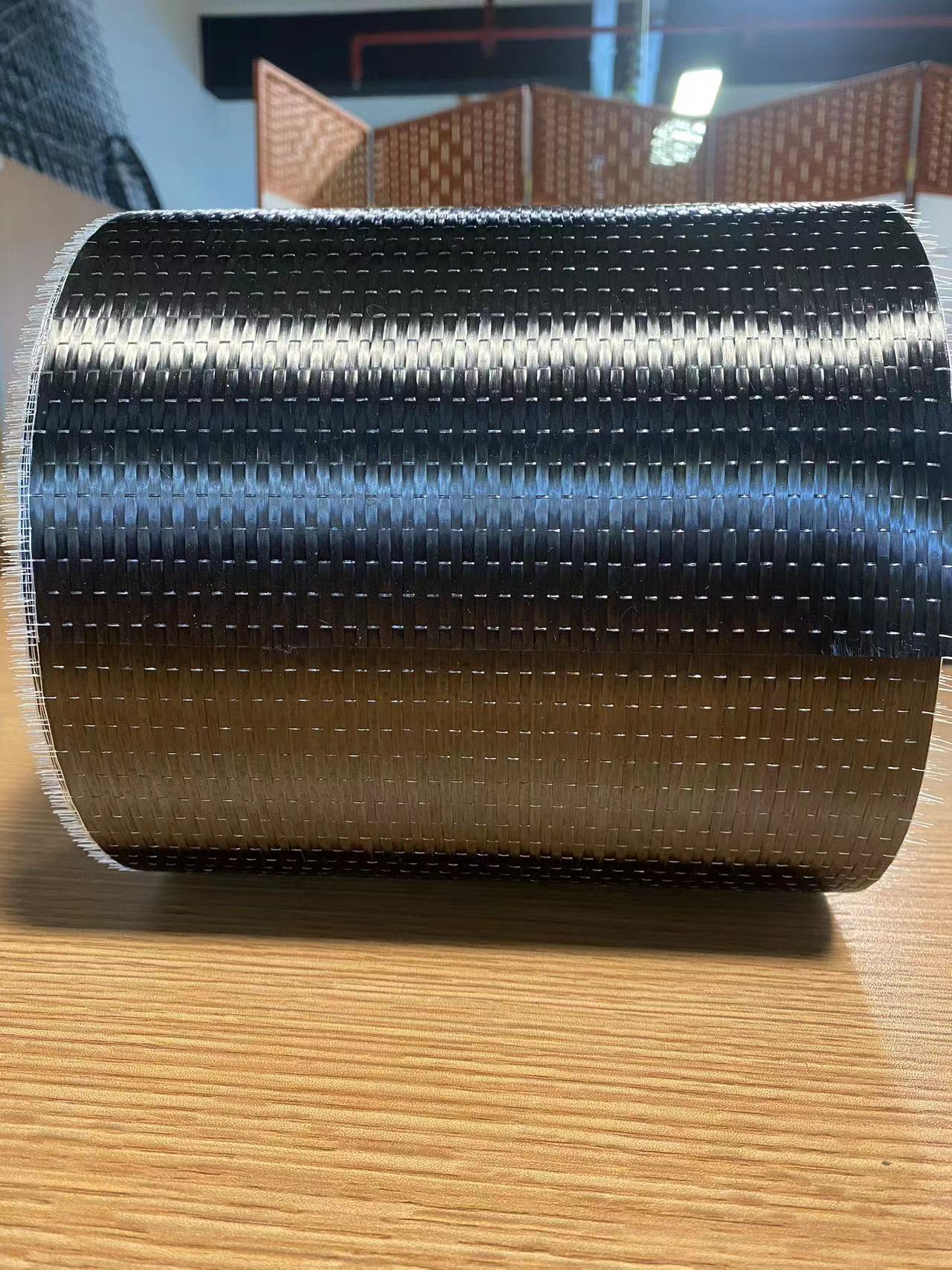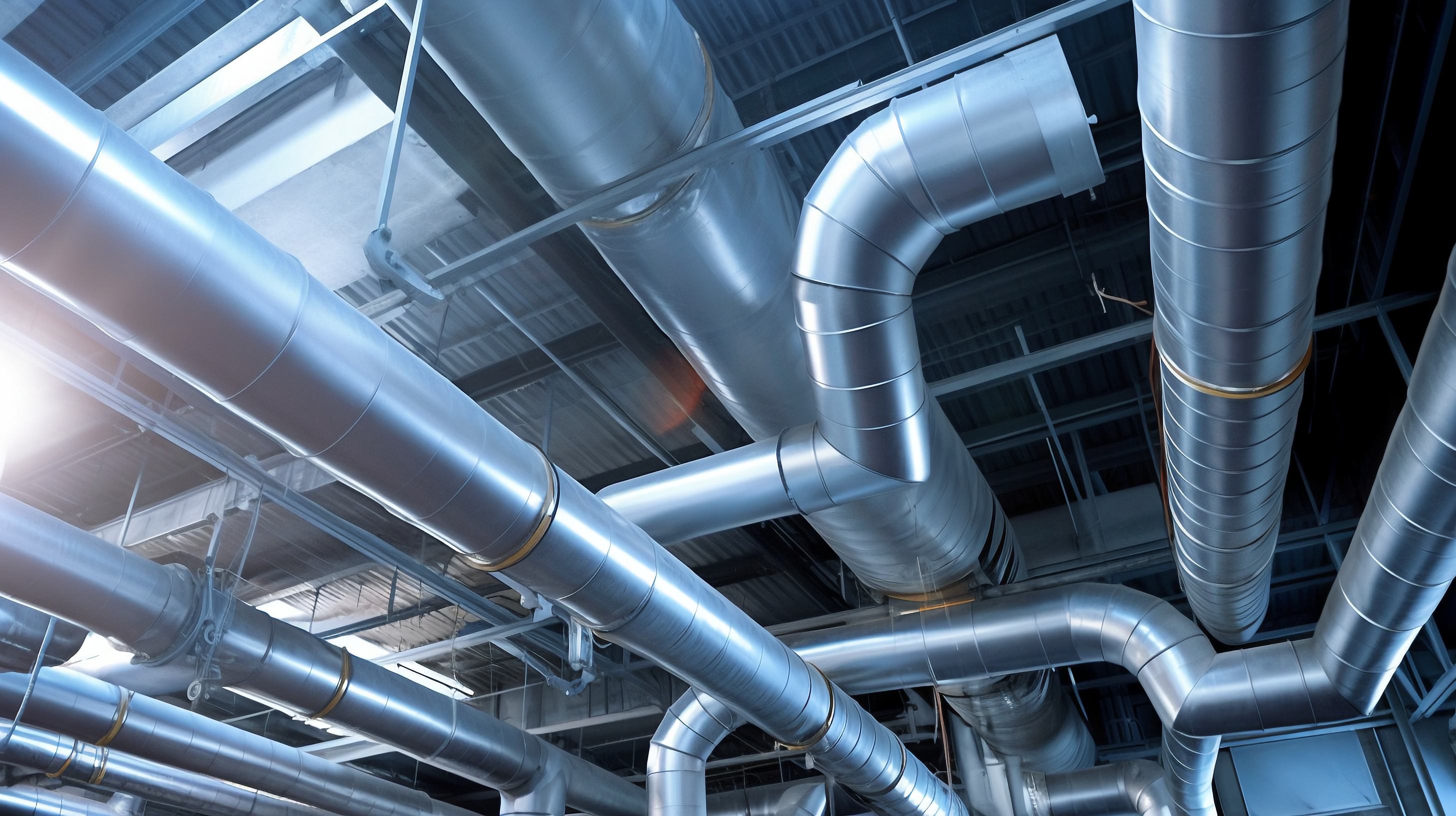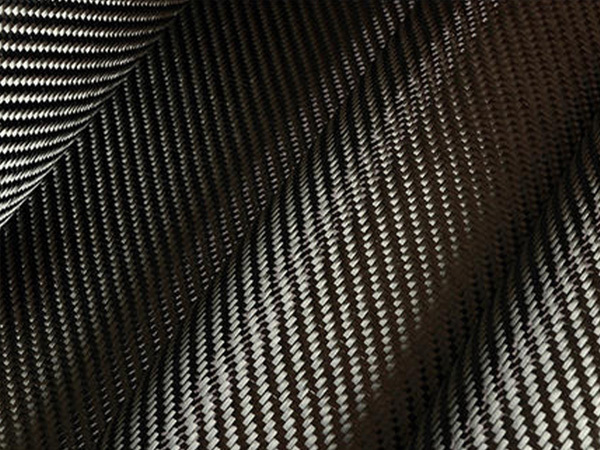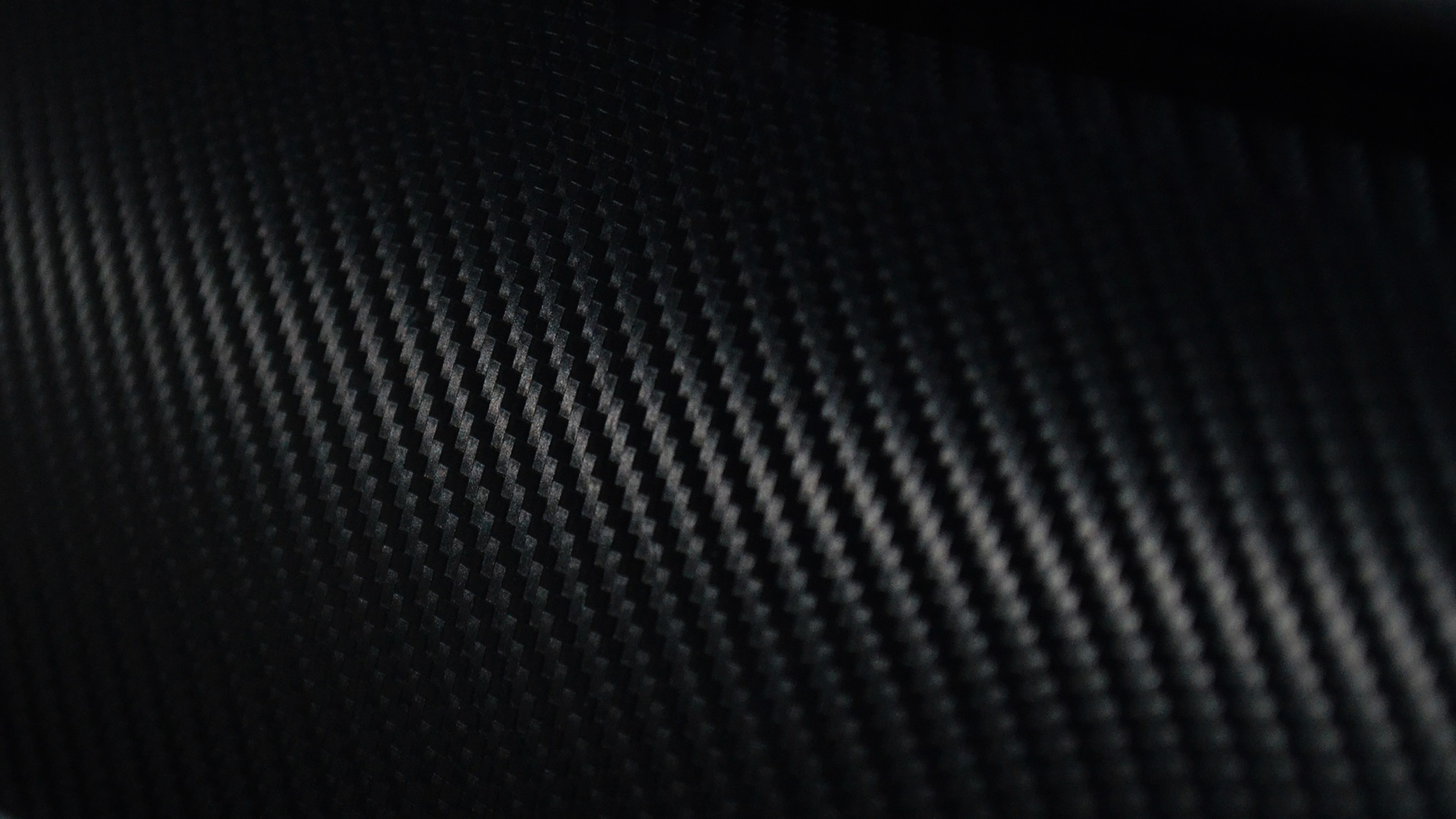+86-13732282311
merlin@xcellentcomposites.com
Let the world benefit from composite materials!
A Comprehensive Guide to Advanced Composite Materials: Types, Applications, and Benefits
Explore the world of advanced composite materials in this comprehensive guide. Discover the diverse types, including carbon fiber composites, and their unique applications across industries like aerospace, automotive, and sports.
In the world of engineering and material science, advanced materials have revolutionized industries by offering unparalleled performance characteristics. These materials, which include the well-known carbon fiber composite, have become indispensable in fields ranging from aerospace to sports equipment. This comprehensive guide delves into the types, applications, and benefits of advanced composite materials, shedding light on their transformative impact and future potential.

What Are Advanced Composite Materials?
Advanced composite materials are engineered to provide superior performance compared to traditional materials such as metals or plastics. They are composed of two or more distinct materials that, when combined, exhibit unique properties that are not present in the individual components. The primary advantage of advanced composites is their ability to be tailored for specific applications, optimizing characteristics like strength, weight, and durability.
Key Characteristics
High Strength-to-Weight Ratio: One of the most significant benefits of advanced composites is their exceptional strength relative to their weight. This characteristic is particularly valuable in applications where reducing weight is crucial without compromising strength.
Corrosion Resistance: Many advanced composites, including carbon fiber composites, offer excellent resistance to environmental factors such as corrosion, which extends their lifespan and reduces maintenance needs.
Design Flexibility: The ability to mold and shape advanced composites into complex geometries allows for innovative design solutions that are not feasible with traditional materials.
Thermal Stability: Advanced composites often exhibit superior thermal stability, making them suitable for high-temperature applications.
Types of Advanced Composite Materials
Advanced composite materials can be broadly categorized into several types based on their matrix and reinforcement materials. Here, we explore some of the most commonly used types:
1. Carbon Fiber Composites
Carbon fiber composites are renowned for their impressive strength-to-weight ratio and stiffness. These composites consist of carbon fibers embedded in a polymer matrix, typically epoxy. Carbon fibers are known for their high tensile strength, low density, and excellent resistance to fatigue.
Applications:
l Aerospace: Carbon fiber composites are widely used in aerospace components such as aircraft wings, fuselage sections, and satellite structures due to their lightweight and high-strength properties.
l Automotive: The automotive industry uses carbon fiber composites to enhance vehicle performance, fuel efficiency, and safety. Components like chassis, body panels, and structural reinforcements benefit from their lightweight and durable nature.
l Sports Equipment: High-performance sports gear, including bicycles, tennis rackets, and golf clubs, often incorporate carbon fiber composites to achieve optimal performance and reduced weight.
2. Glass Fiber Composites
Glass fiber composites are made from glass fibers embedded in a resin matrix. They offer a good balance of strength, flexibility, and cost-effectiveness. Glass fibers are less expensive than carbon fibers and provide satisfactory performance in many applications.
Applications:
l Marine Industry: Glass fiber composites are extensively used in boat hulls, ship parts, and other marine structures due to their resistance to water and corrosion.
l Construction: In the construction industry, glass fiber composites are employed in applications such as reinforcement of concrete structures and manufacturing of building panels.
3. Aramid Fiber Composites
Aramid fibers, such as Kevlar, are known for their exceptional impact resistance and durability. These fibers are used in conjunction with various matrices to create composites that offer superior toughness.
Applications:
l Ballistic Protection: Aramid fiber composites are commonly used in the production of bulletproof vests, helmets, and armored vehicles due to their high impact resistance.
l Industrial Applications: Aramid composites are utilized in industrial applications where high strength and durability are required, such as in conveyor belts and protective gear.
4. Hybrid Composites
Hybrid composites combine different types of fibers, such as carbon, glass, and aramid, to leverage the benefits of each. By tailoring the fiber combinations and matrix materials, hybrid composites can be designed to meet specific performance requirements.
Applications:
l Aerospace and Automotive: Hybrid composites are used in aerospace and automotive sectors to balance cost, weight, and performance. They are particularly valuable in applications where different performance characteristics are required in different parts of the component.
l Sports Equipment: Hybrid composites are also employed in sports equipment to achieve a balance of strength, flexibility, and cost.
Manufacturing Processes for Advanced Composite Materials
The manufacturing of advanced composite materials involves several processes, each tailored to the specific type of composite and its intended application. Here are some common methods:
1. Hand Lay-Up
Hand lay-up is one of the simplest and most traditional methods of composite manufacturing. It involves manually layering composite materials into a mold and applying resin to bond the layers. This method is often used for small-scale production and prototyping.
Advantages:
l Low initial cost
l Flexibility in design
Disadvantages:
l Labor-intensive
l Variability in quality
2. Resin Transfer Molding (RTM)
Resin Transfer Molding (RTM) involves injecting resin into a closed mold that contains the dry reinforcement fibers. This method allows for more precise control over the resin distribution and is suitable for producing high-quality composite parts.
Advantages:
l Consistent quality
l Suitable for complex geometries
Disadvantages:
l Higher initial cost
l Requires specialized equipment
3. Pultrusion
Pultrusion is a continuous manufacturing process where reinforcing fibers are pulled through a resin bath and then through a heated die to form a composite profile. This method is used to produce long, continuous composite sections with consistent cross-sections.
Advantages:
l High production efficiency
l Consistent quality and properties
Disadvantages:
l Limited to profiles with constant cross-sections
l High initial tooling costs
4. Filament Winding
Filament winding involves winding continuous fibers around a mandrel in specific patterns to create composite parts. This method is commonly used for producing cylindrical or spherical components such as pressure vessels and pipes.
Advantages:
l High strength-to-weight ratio
l Ability to create complex shapes
Disadvantages:
l Limited to certain shapes
l Requires specialized equipment
5. Automated Fiber Placement (AFP)
Automated Fiber Placement (AFP) is a high-tech method that uses robotic systems to lay down fibers in precise patterns onto a mold or tool. This process is often used in aerospace and other high-performance applications.
Advantages:
l High precision and automation
l Suitable for complex and large structures
Disadvantages:
l High cost of equipment and setup
l Requires skilled operators
Benefits of Advanced Composite Materials
Advanced composite materials offer numerous benefits that make them increasingly attractive for a wide range of applications. Here, we explore some of the key advantages:
1. Lightweight
One of the most significant benefits of advanced composite materials, particularly carbon fiber composites, is their lightweight nature. The high strength-to-weight ratio allows for reduced component weight without sacrificing strength or performance. This advantage is crucial in industries such as aerospace and automotive, where weight reduction can lead to improved fuel efficiency and performance.
2. High Strength and Durability
Advanced composites are designed to be exceptionally strong and durable. For example, carbon fiber composites provide outstanding tensile strength and resistance to fatigue, making them ideal for applications that require high load-bearing capacity and long-term reliability. This durability extends the lifespan of components and reduces the need for frequent replacements.
3. Corrosion Resistance
Many advanced composite materials, including those based on glass fibers and carbon fibers, exhibit excellent resistance to corrosion and environmental degradation. This property is particularly valuable in marine, aerospace, and industrial applications, where exposure to harsh conditions can otherwise lead to rapid deterioration of traditional materials.
4. Design Flexibility
Advanced composites offer remarkable design flexibility, allowing engineers and designers to create complex geometries and structures that are difficult or impossible to achieve with traditional materials. The ability to tailor the material properties and shape to specific needs enables innovative solutions and optimized performance in various applications.
5. Thermal Stability
Many advanced composites exhibit excellent thermal stability, maintaining their structural integrity and performance in high-temperature environments. This characteristic makes them suitable for applications such as aerospace components and industrial processes where exposure to extreme temperatures is a factor.
6. Energy Efficiency
The lightweight nature and high strength of advanced composites contribute to energy efficiency in various applications. For instance, in the automotive and aerospace industries, reducing the weight of components can lead to lower fuel consumption and reduced greenhouse gas emissions. This energy efficiency is an important consideration in the quest for more sustainable technologies.
Applications of Advanced Composite Materials
Advanced composite materials are utilized across a wide range of industries and applications, each benefiting from the unique properties of these materials. Here, we highlight some of the key areas where advanced composites are making a significant impact:
1. Aerospace
In the aerospace industry, advanced composites, particularly carbon fiber composites, are used extensively to manufacture aircraft components such as wings, fuselages, and engine parts. The lightweight and high-strength characteristics of these materials contribute to improved fuel efficiency, enhanced performance, and reduced maintenance needs.
2. Automotive
The automotive industry has embraced advanced composites to enhance vehicle performance, safety, and fuel efficiency. Components such as chassis, body panels, and structural reinforcements are increasingly made from advanced composites to achieve lower weight, improved crashworthiness, and better fuel economy.
3. Marine
In the marine industry, advanced composites are used to construct boat hulls, ship parts, and other marine structures. The corrosion resistance and lightweight properties of composites make them ideal for applications exposed to harsh marine environments, contributing to longer service life and reduced maintenance.
4. Sports and Recreation
Sports equipment, including bicycles, tennis rackets, and golf clubs, often incorporates advanced composites to enhance performance and reduce weight. The high strength and lightweight characteristics of materials like carbon fiber composites improve the overall functionality and efficiency of sports gear.
5. Construction
Advanced composites are also employed in the construction industry for applications such as reinforcement of concrete structures and the manufacture of building panels. The ability to enhance structural performance and durability makes these materials valuable in modern construction projects.
6. Defense and Security
In defense and security applications, advanced composites are used to create bulletproof vests, armored vehicles, and other protective gear. The high impact resistance and strength of materials like aramid fibers contribute to effective protection in high-risk situations.
Conclusion
Advanced composite materials have transformed industries with their remarkable properties and applications. From the lightweight strength of carbon fiber composites to the design flexibility and durability of hybrid composites, these materials offer significant benefits across various sectors. As technology continues to advance, the future of advanced composites holds exciting possibilities, including greater sustainability, smart features, and innovative manufacturing techniques. Understanding the types, applications, and benefits of advanced composites is crucial for harnessing their potential and driving innovation in materials science and engineering.
Popular Composite Materials
Popular Composite Materials
Composites Knowledge Hub
Composites Knowledge Hub

